

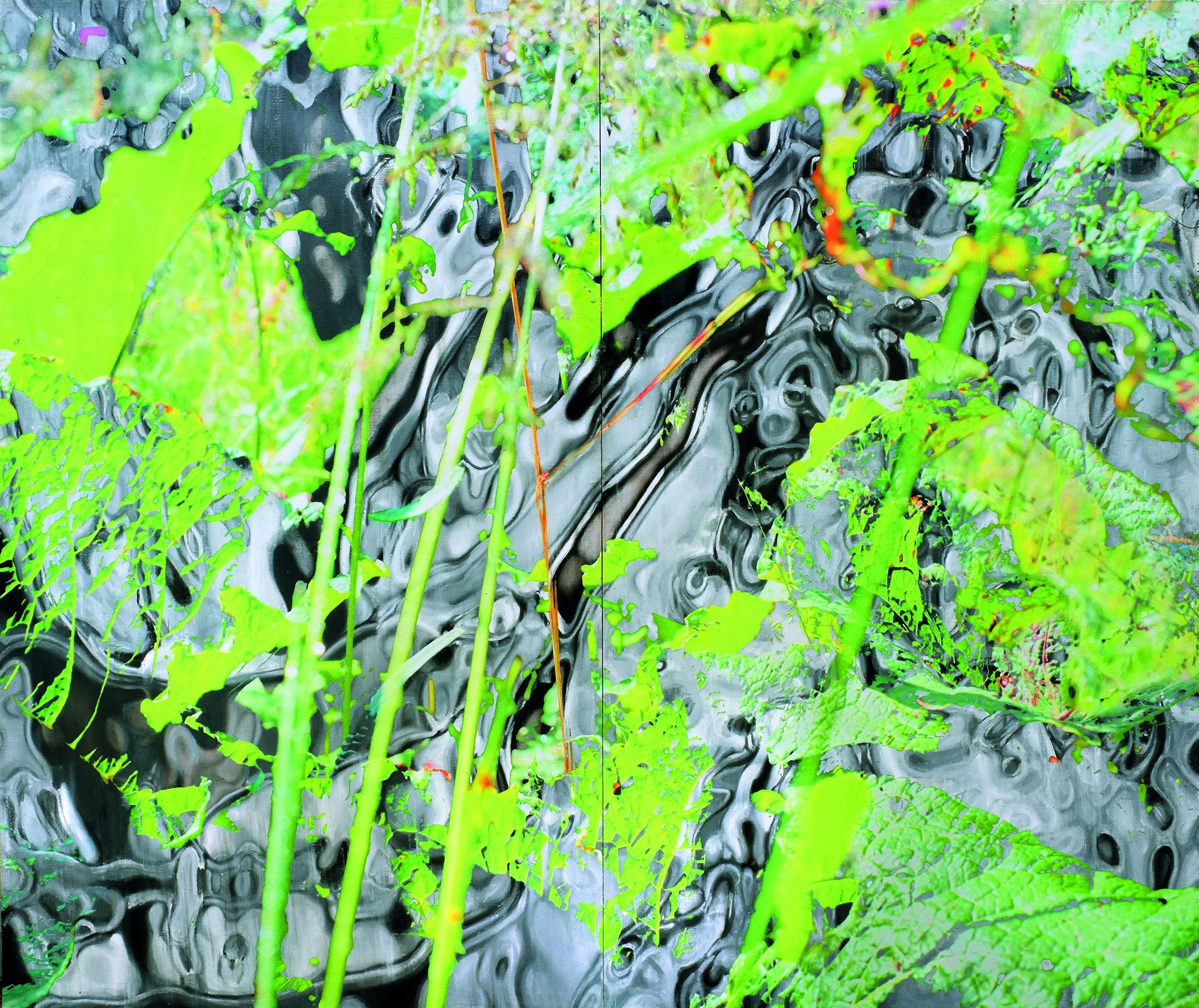
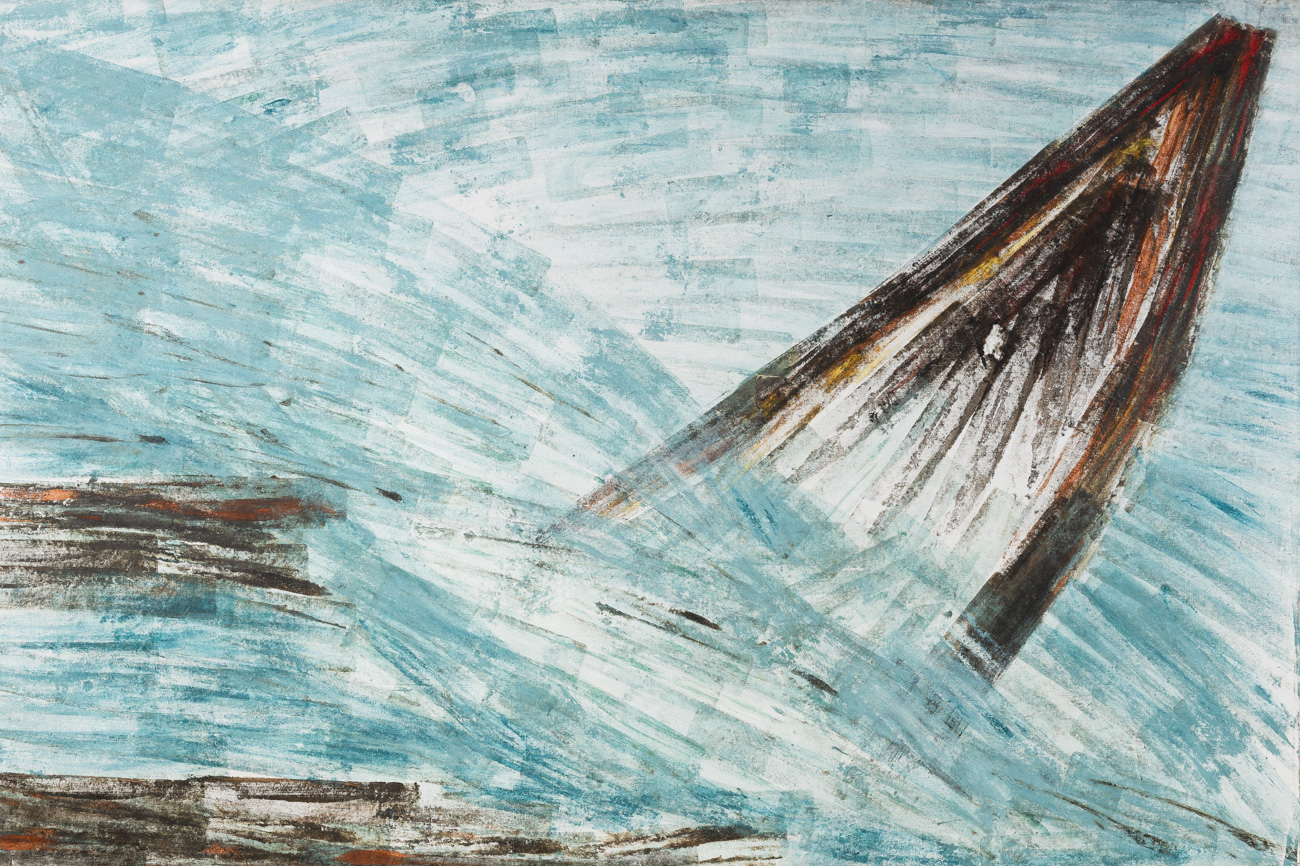



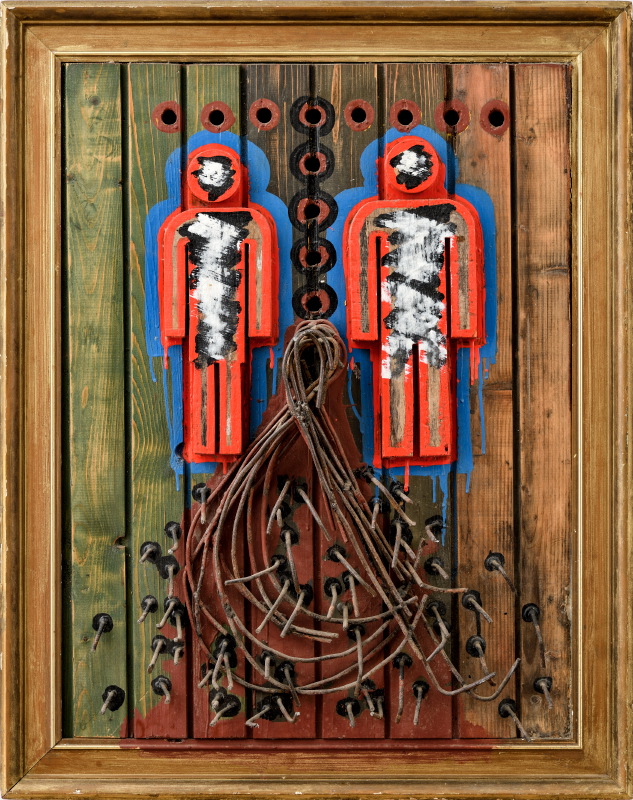

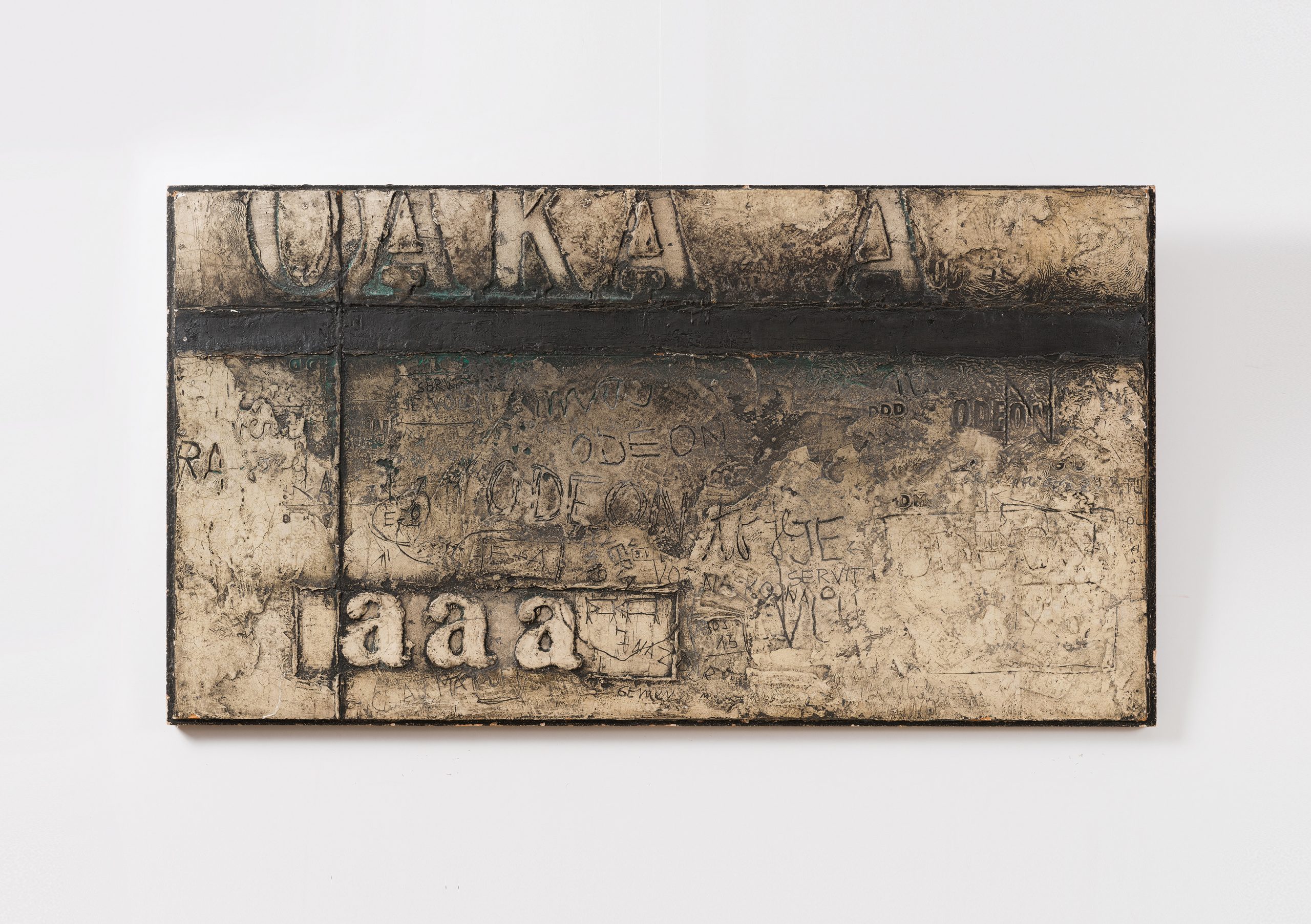

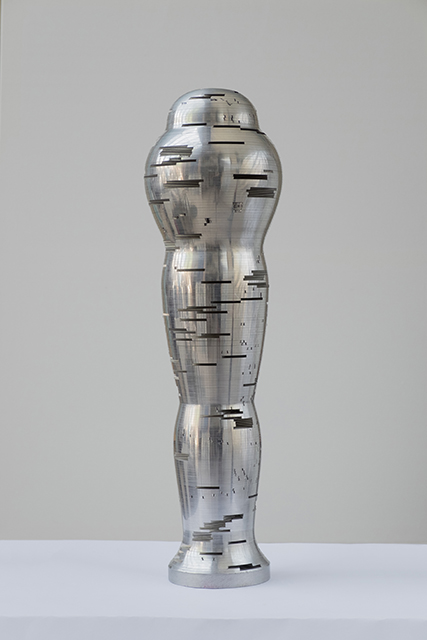



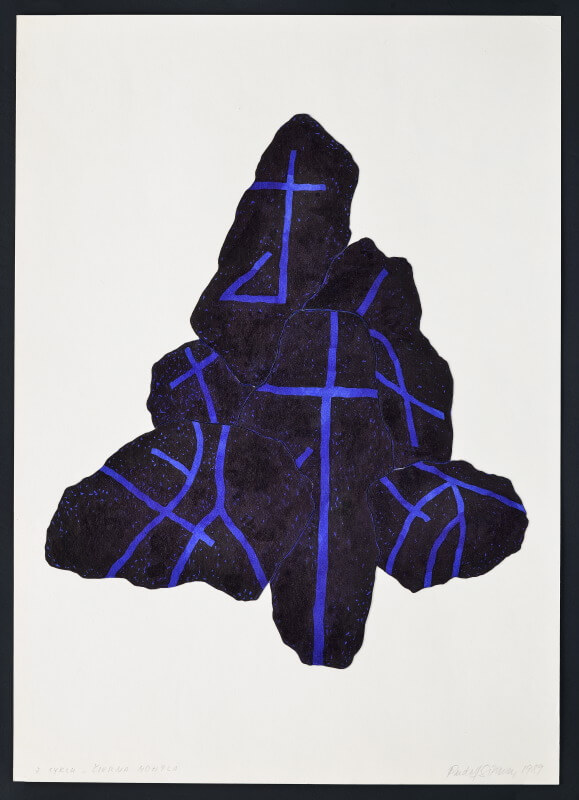









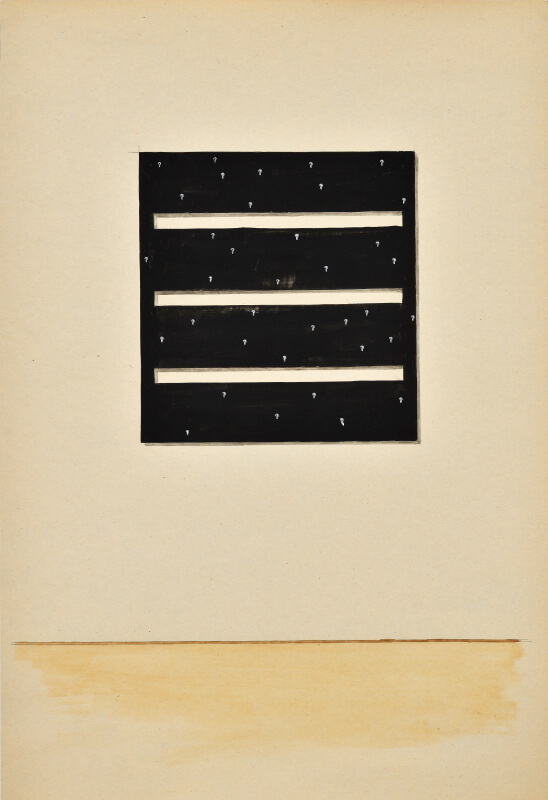
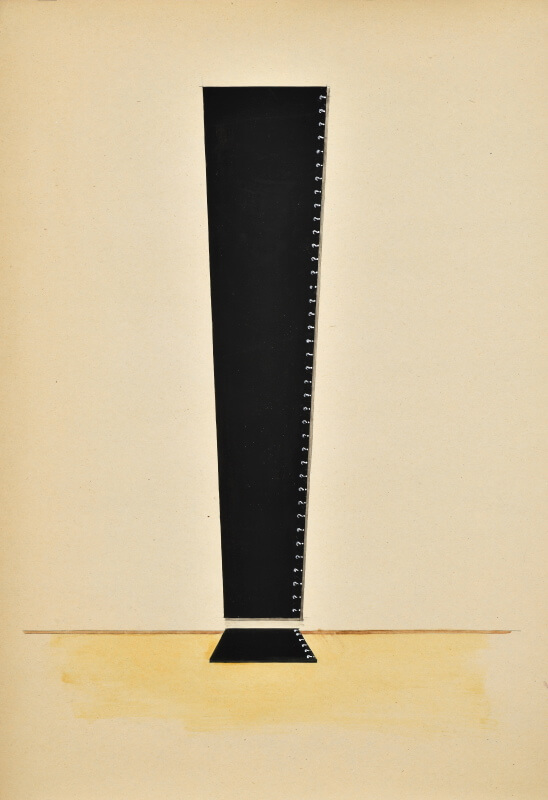

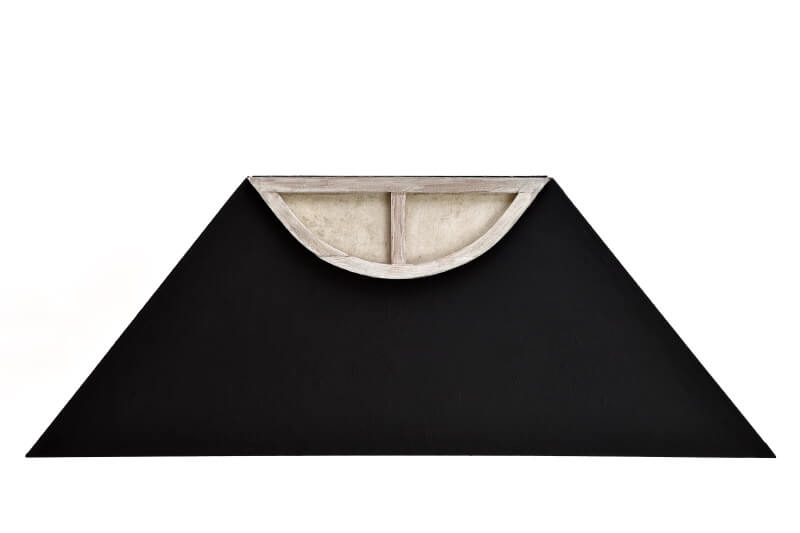










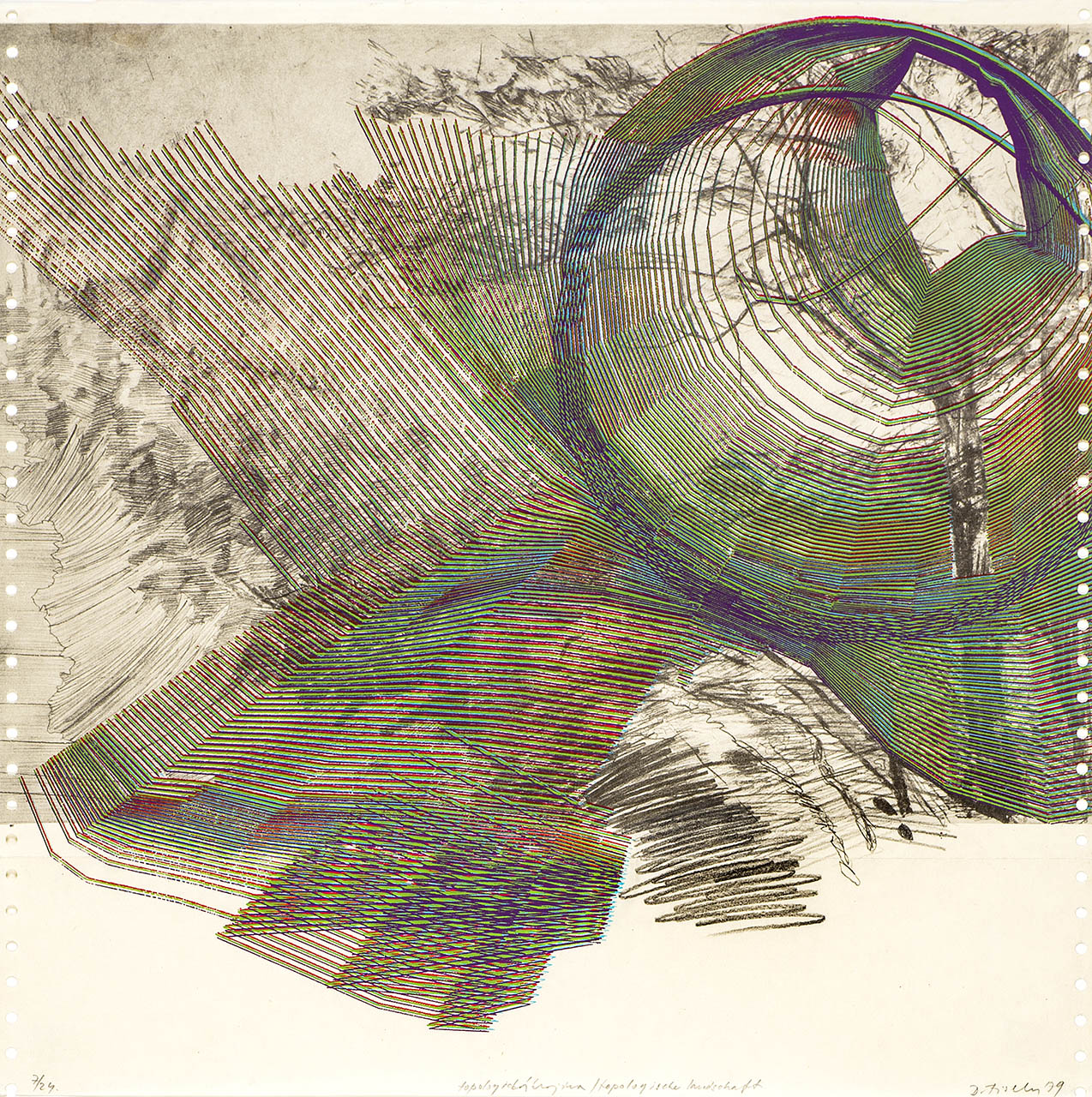




(*1941, Olomouc)
Immediately upon entering the visual art scene at the end of the 1960s, Jana Želibská boldly rejected the limits of usual media.
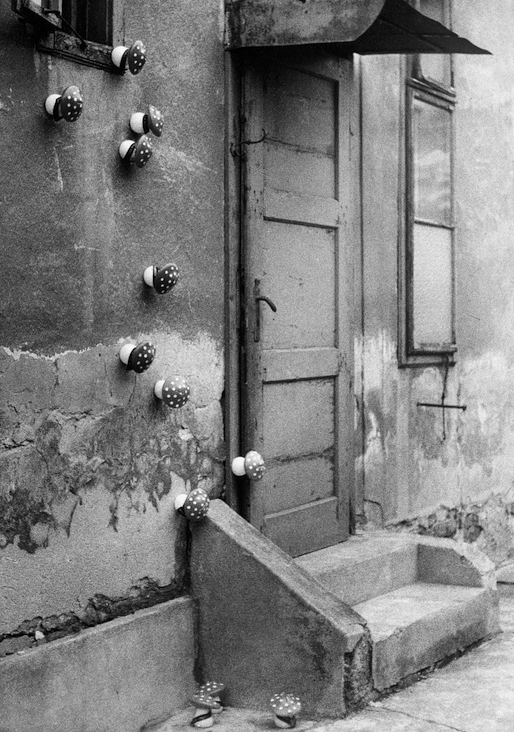
(*1941, Olomouc)
Immediately upon entering the visual art scene at the end of the 1960s, Jana Želibská boldly rejected the limits of usual media.

(*1941, Olomouc)
Immediately upon entering the visual art scene at the end of the 1960s, Jana Želibská boldly rejected the limits of usual media.
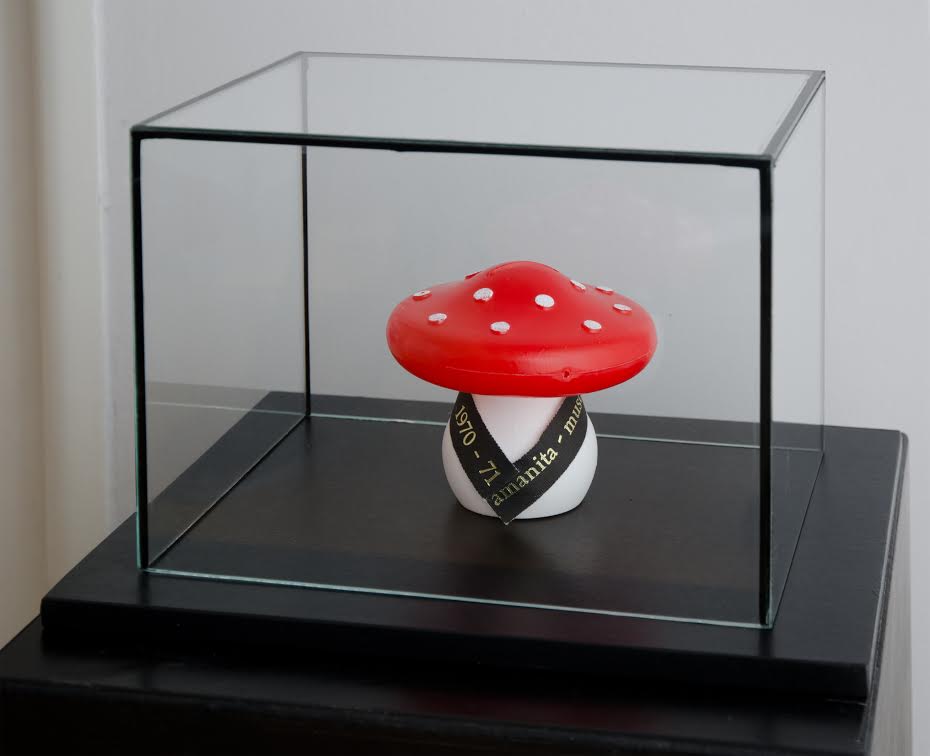
(*1941, Olomouc)
Immediately upon entering the visual art scene at the end of the 1960s, Jana Želibská boldly rejected the limits of usual media.

(*1941, Olomouc)
Immediately upon entering the visual art scene at the end of the 1960s, Jana Želibská boldly rejected the limits of usual media.

(*1934, Žilina)
entered the history of the Slovak Neo-Avant-Garde as a persistent seeker of a “different side of art.” He was the first Slovak artist to introduce the idea of the unity of artistic creativity and the creativity of an authentic life: he changed “art – work” to “art – act.”

(*1934, Žilina)
entered the history of the Slovak Neo-Avant-Garde as a persistent seeker of a “different side of art.” He was the first Slovak artist to introduce the idea of the unity of artistic creativity and the creativity of an authentic life: he changed “art – work” to “art – act.”
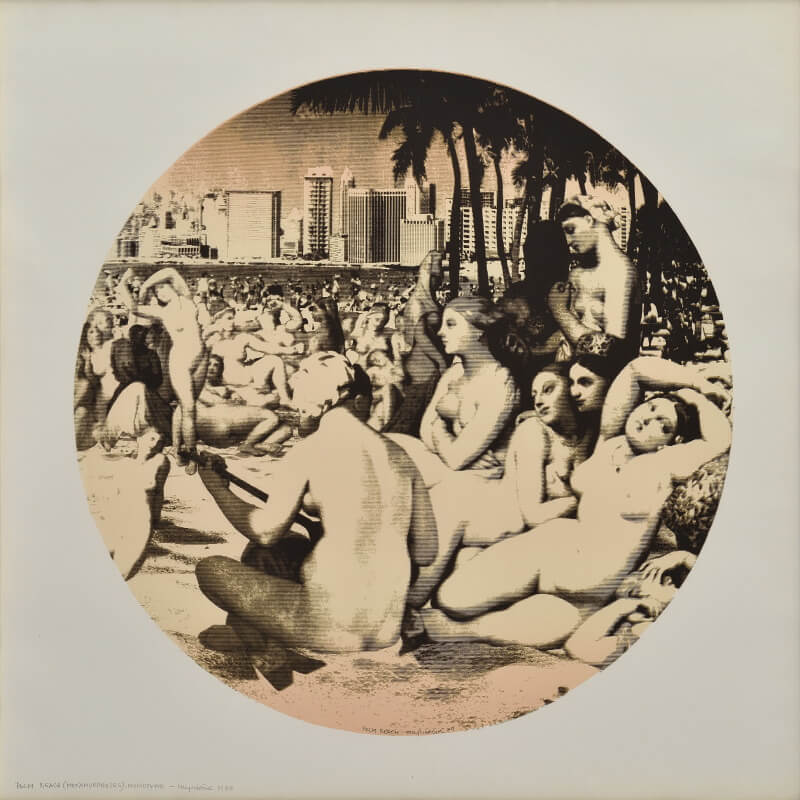
(*1934, Žilina)
entered the history of the Slovak Neo-Avant-Garde as a persistent seeker of a “different side of art.” He was the first Slovak artist to introduce the idea of the unity of artistic creativity and the creativity of an authentic life: he changed “art – work” to “art – act.”
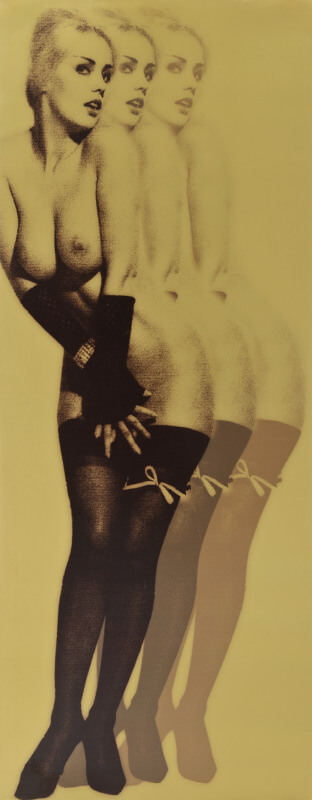
(*1934, Žilina)
entered the history of the Slovak Neo-Avant-Garde as a persistent seeker of a “different side of art.” He was the first Slovak artist to introduce the idea of the unity of artistic creativity and the creativity of an authentic life: he changed “art – work” to “art – act.”
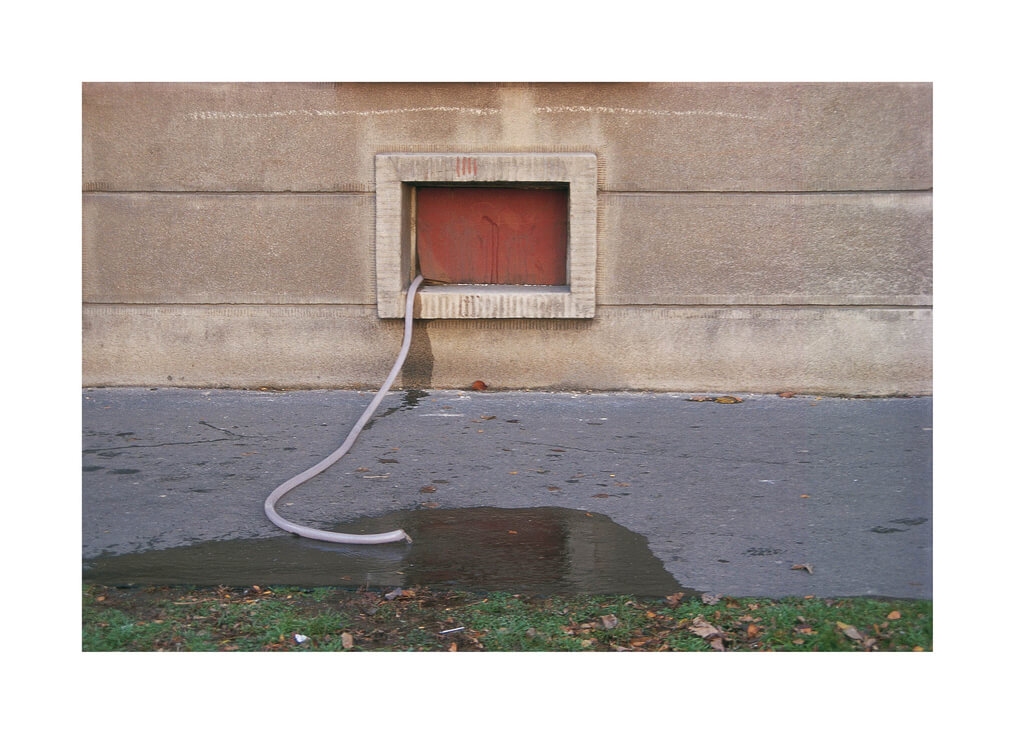
(*1966, Žilina)
One of the most distinctive representatives of post-conceptual tendencies, Roman Ondak has received the most international recognition from among Slovak artists.

(*1966, Žilina)
One of the most distinctive representatives of post-conceptual tendencies, Roman Ondak has received the most international recognition from among Slovak artists.

(*1966, Žilina)
One of the most distinctive representatives of post-conceptual tendencies, Roman Ondak has received the most international recognition from among Slovak artists.

(*1966, Žilina)
One of the most distinctive representatives of post-conceptual tendencies, Roman Ondak has received the most international recognition from among Slovak artists.

(*1966, Žilina)
One of the most distinctive representatives of post-conceptual tendencies, Roman Ondak has received the most international recognition from among Slovak artists.

(*1946, Valaská)
“collector and hunter” and creator of collages, assemblages, objects and installations made of found items is one of the most original figures of contemporary Slovak art.

(*1946, Valaská)
“collector and hunter” and creator of collages, assemblages, objects and installations made of found items is one of the most original figures of contemporary Slovak art.

(*1946, Valaská)
“collector and hunter” and creator of collages, assemblages, objects and installations made of found items is one of the most original figures of contemporary Slovak art.

(*1946, Valaská)
“collector and hunter” and creator of collages, assemblages, objects and installations made of found items is one of the most original figures of contemporary Slovak art.

(*1946, Valaská)
“collector and hunter” and creator of collages, assemblages, objects and installations made of found items is one of the most original figures of contemporary Slovak art.
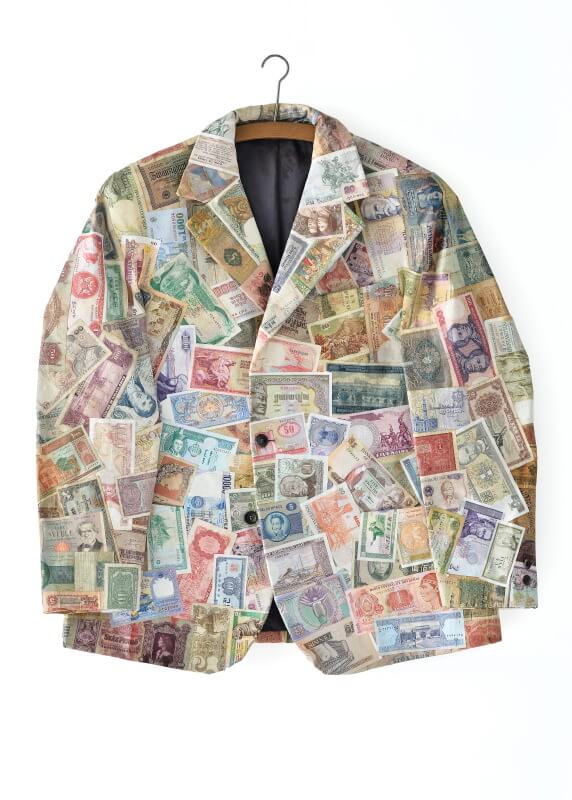
(*1946, Valaská)
“collector and hunter” and creator of collages, assemblages, objects and installations made of found items is one of the most original figures of contemporary Slovak art.

(*1946, Valaská)
“collector and hunter” and creator of collages, assemblages, objects and installations made of found items is one of the most original figures of contemporary Slovak art.

(*1946, Valaská)
“collector and hunter” and creator of collages, assemblages, objects and installations made of found items is one of the most original figures of contemporary Slovak art.


(*1937, Bratislava – † 2017, Bratislava)
The leading figure of modern Slovak sculpture, Jozef Jankovič’s brutal figural style, a result of his original synthesis of inspirations of Pop Art, New Figuration and New Realism, culminated in the second half of the 1960s in his extensive sculpture work which won broad international recognition.

(*1937, Bratislava – † 2017, Bratislava)
The leading figure of modern Slovak sculpture, Jozef Jankovič’s brutal figural style, a result of his original synthesis of inspirations of Pop Art, New Figuration and New Realism, culminated in the second half of the 1960s in his extensive sculpture work which won broad international recognition.

(*1937, Bratislava – † 2017, Bratislava)
The leading figure of modern Slovak sculpture, Jozef Jankovič’s brutal figural style, a result of his original synthesis of inspirations of Pop Art, New Figuration and New Realism, culminated in the second half of the 1960s in his extensive sculpture work which won broad international recognition.

(*1937, Bratislava – † 2017, Bratislava)
The leading figure of modern Slovak sculpture, Jozef Jankovič’s brutal figural style, a result of his original synthesis of inspirations of Pop Art, New Figuration and New Realism, culminated in the second half of the 1960s in his extensive sculpture work which won broad international recognition.

(*1937, Bratislava – † 2017, Bratislava)
The leading figure of modern Slovak sculpture, Jozef Jankovič’s brutal figural style, a result of his original synthesis of inspirations of Pop Art, New Figuration and New Realism, culminated in the second half of the 1960s in his extensive sculpture work which won broad international recognition.

(*1937, Bratislava)
The leading figure of modern Slovak sculpture, Jozef Jankovič’s brutal figural style, a result of his original synthesis of inspirations of Pop Art, New Figuration and New Realism, culminated in the second half of the 1960s in his extensive sculpture work which won broad international recognition.

(*1946, Ružomberok – †2017, Žiar nad Hronom)
was one of the significant figures of intermedia art and his collected work resonates in a wider context of Central Europe.
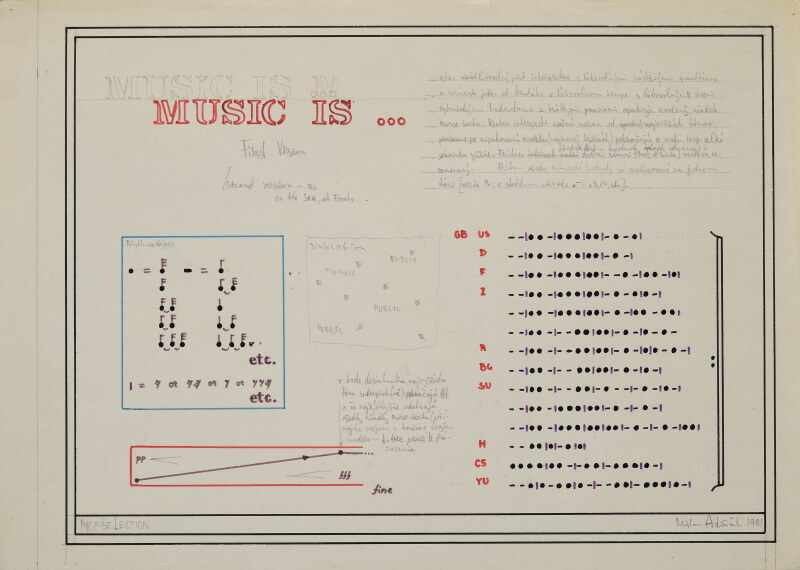
(*1946, Ružomberok – †2017, Žiar nad Hronom)
was one of the significant figures of intermedia art and his collected work resonates in a wider context of Central Europe.
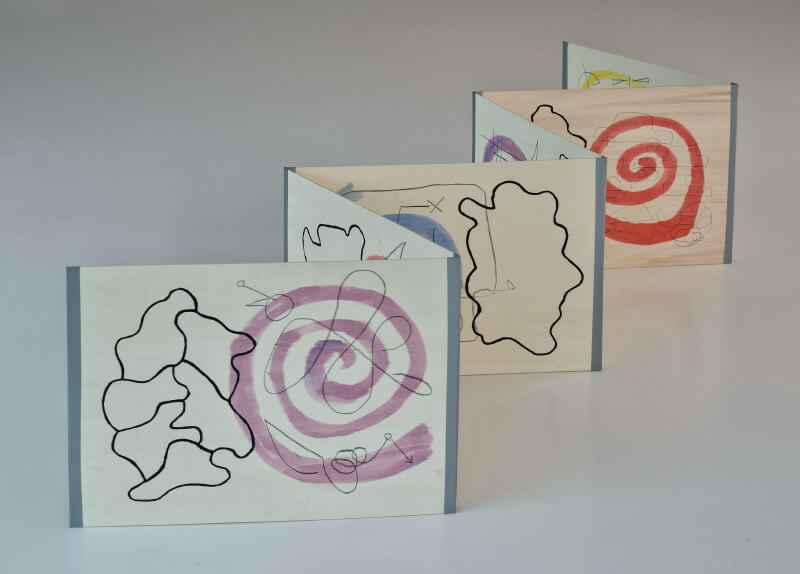
(*1946, Ružomberok – †2017, Žiar nad Hronom)
was one of the significant figures of intermedia art and his collected work resonates in a wider context of Central Europe.

(*1946, Ružomberok – †2017, Žiar nad Hronom)
was one of the significant figures of intermedia art and his collected work resonates in a wider context of Central Europe.
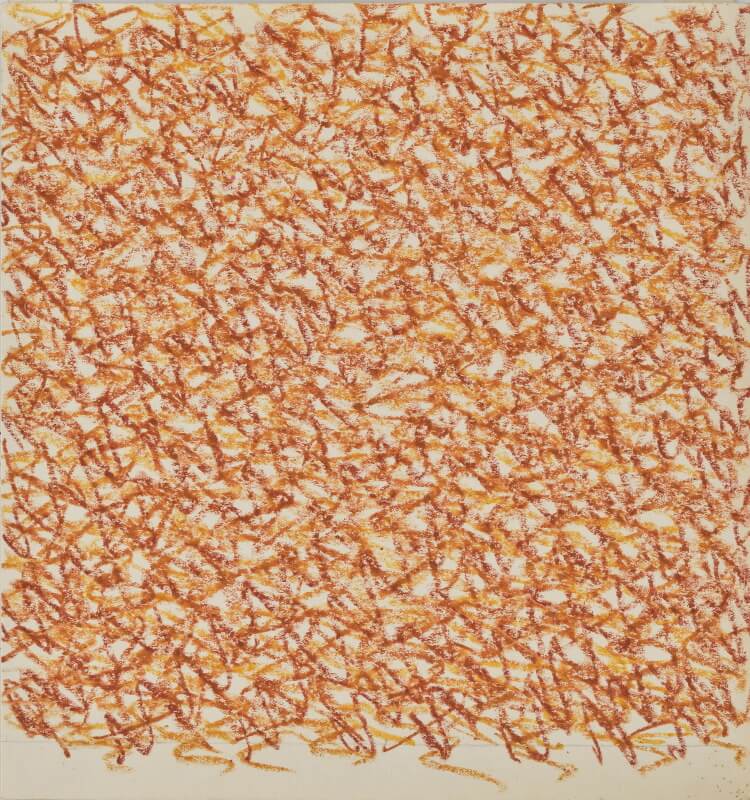
(*1946, Ružomberok – †2017, Žiar nad Hronom)
was one of the significant figures of intermedia art and his collected work resonates in a wider context of Central Europe.

(*1933, Kamenín)
developed the baselines of geometrical abstraction in the 1960s at the time of his inclination toward Concretism and Minimalism.
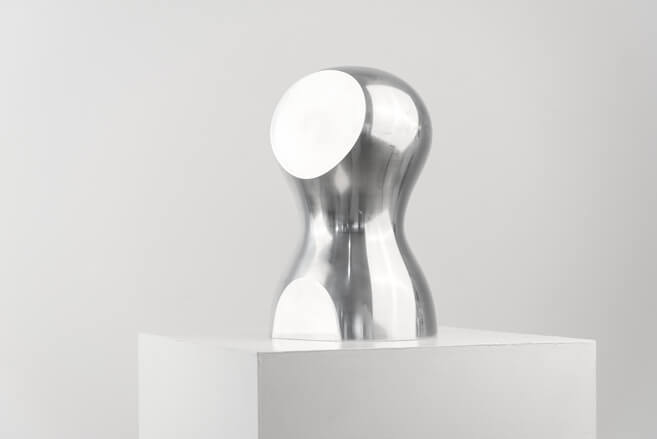
(*1933, Kamenín)
developed the baselines of geometrical abstraction in the 1960s at the time of his inclination toward Concretism and Minimalism.
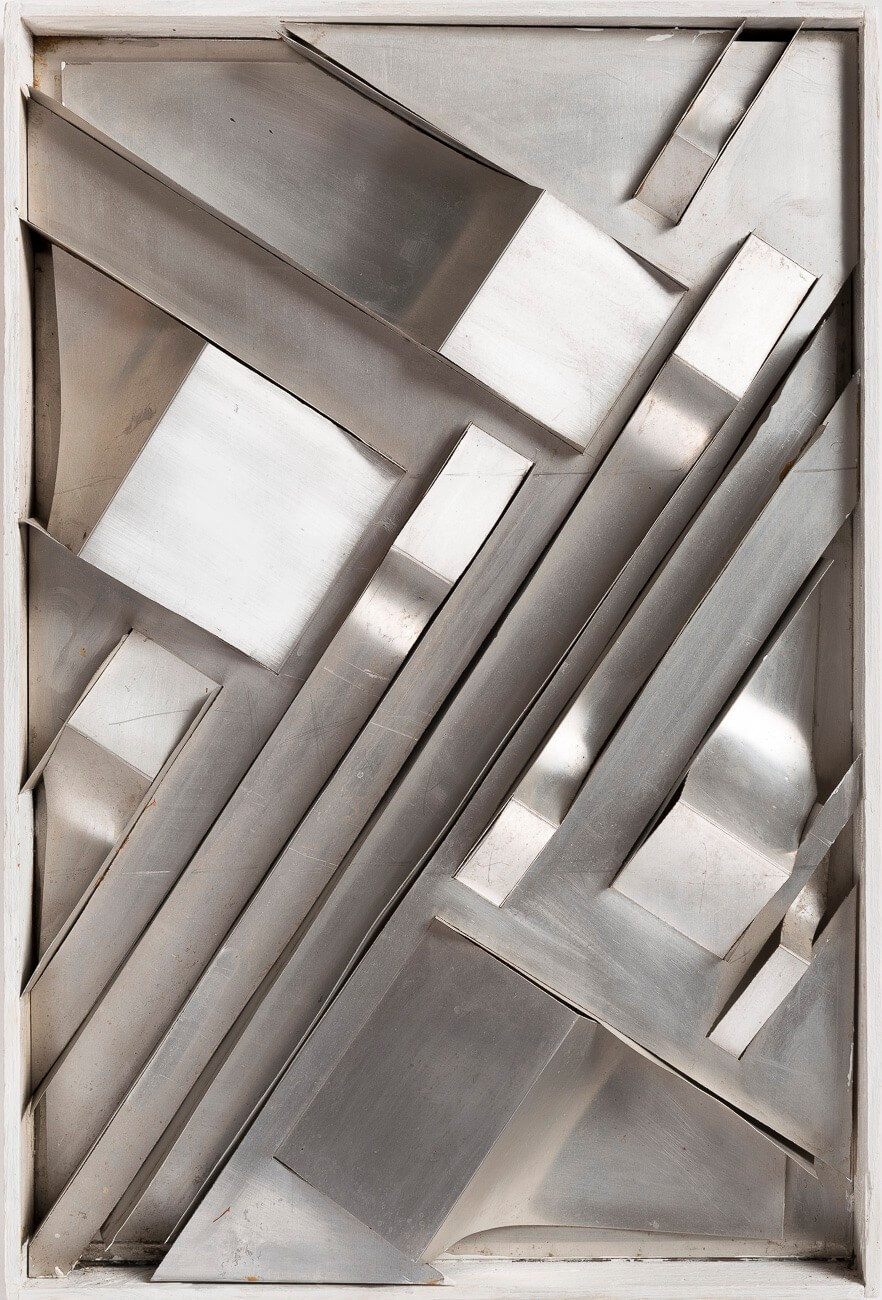
(*1933, Kamenín)
developed the baselines of geometrical abstraction in the 1960s at the time of his inclination toward Concretism and Minimalism.

(*1971, Trenčín)
is part of the post-conceptual generation that emerged in the 1990s and is frequently associated with the feministic branch of contemporary art.

(*1957, Trenčín – †1987, Bratislava)
was a special representative of the unofficial fine art scene of the 1970s and the 1980s. Although he ended his life voluntarily (he lived to the age of thirty), he left behind a distinctive and coherent work which became his suggestive symbol of the period of unfreedom.

(*1957, Trenčín – †1987, Bratislava)
was a special representative of the unofficial fine art scene of the 1970s and the 1980s. Although he ended his life voluntarily (he lived to the age of thirty), he left behind a distinctive and coherent work which became his suggestive symbol of the period of unfreedom.
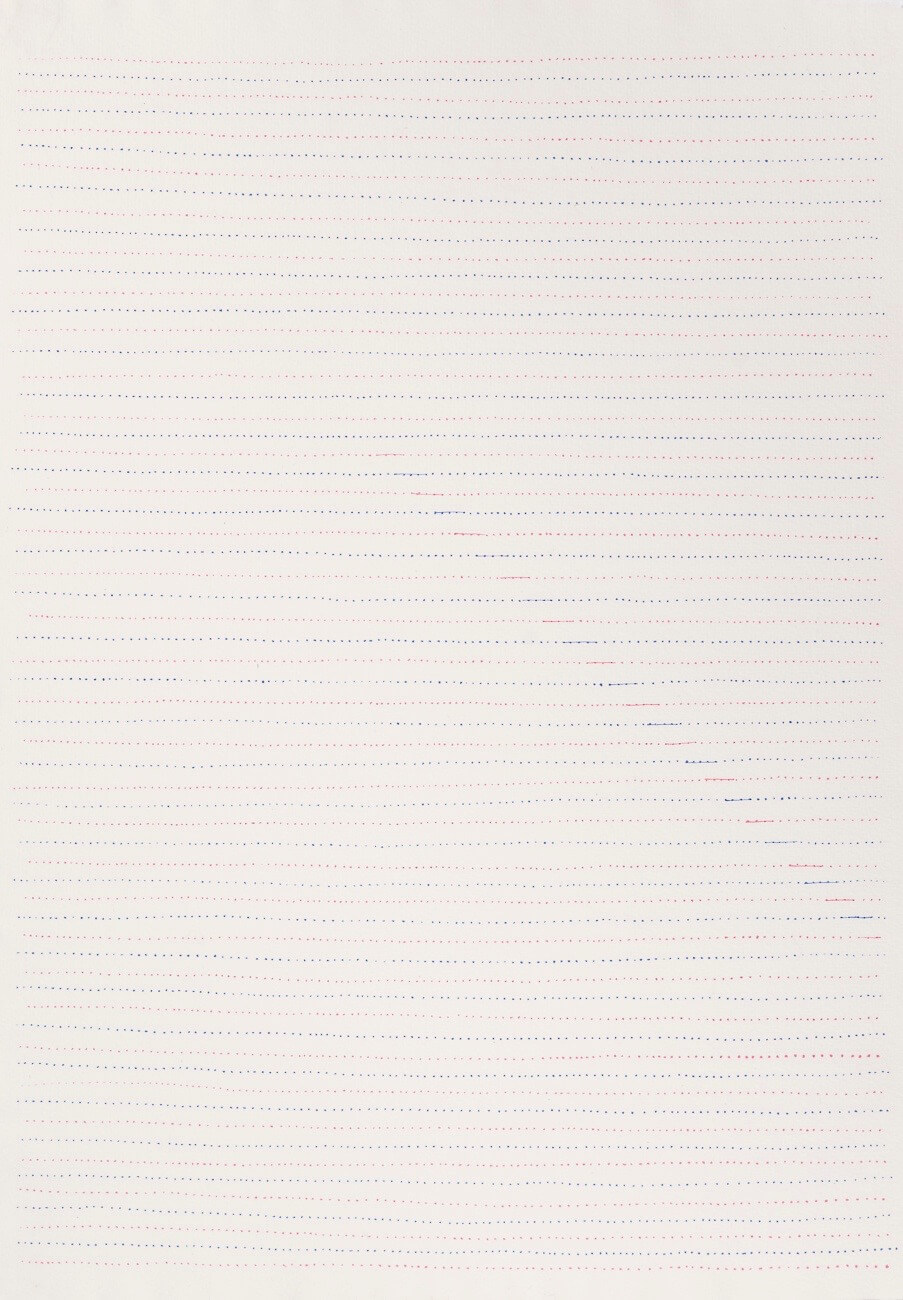
(*1957, Trenčín – †1987, Bratislava)
was a special representative of the unofficial fine art scene of the 1970s and the 1980s. Although he ended his life voluntarily (he lived to the age of thirty), he left behind a distinctive and coherent work which became his suggestive symbol of the period of unfreedom.

(*1957, Trenčín – †1987, Bratislava)
was a special representative of the unofficial fine art scene of the 1970s and the 1980s. Although he ended his life voluntarily (he lived to the age of thirty), he left behind a distinctive and coherent work which became his suggestive symbol of the period of unfreedom.

(*1957, Trenčín – †1987, Bratislava)
was a special representative of the unofficial fine art scene of the 1970s and the 1980s. Although he ended his life voluntarily (he lived to the age of thirty), he left behind a distinctive and coherent work which became his suggestive symbol of the period of unfreedom.

(*1957, Trenčín – †1987, Bratislava)
was a special representative of the unofficial fine art scene of the 1970s and the 1980s. Although he ended his life voluntarily (he lived to the age of thirty), he left behind a distinctive and coherent work which became his suggestive symbol of the period of unfreedom.
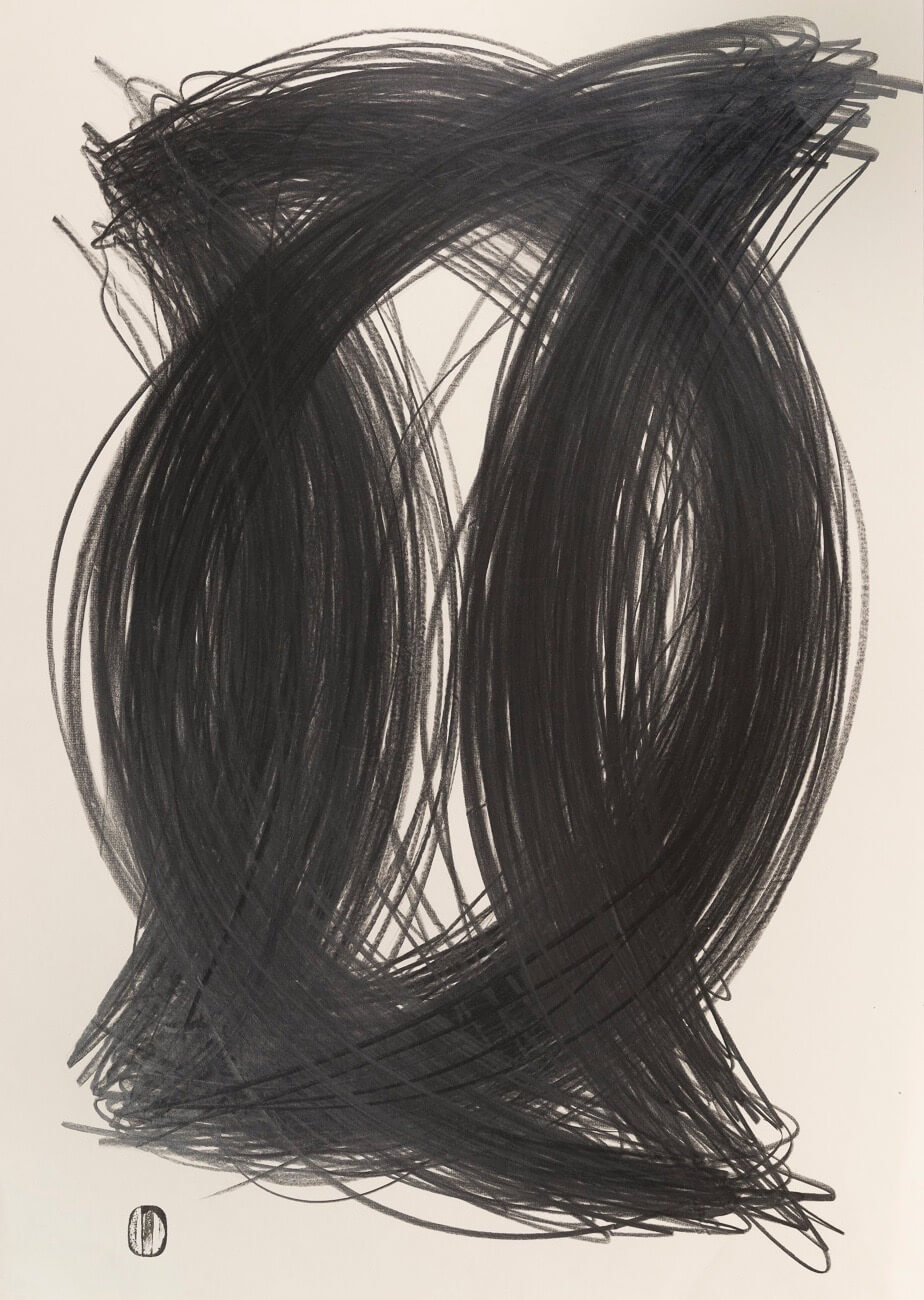
(*1957, Trenčín – †1987, Bratislava)
was a special representative of the unofficial fine art scene of the 1970s and the 1980s. Although he ended his life voluntarily (he lived to the age of thirty), he left behind a distinctive and coherent work which became his suggestive symbol of the period of unfreedom.

(*1957, Trenčín – †1987, Bratislava)
was a special representative of the unofficial fine art scene of the 1970s and the 1980s. Although he ended his life voluntarily (he lived to the age of thirty), he left behind a distinctive and coherent work which became his suggestive symbol of the period of unfreedom.

(*1957, Trenčín – †1987, Bratislava)
was a special representative of the unofficial fine art scene of the 1970s and the 1980s. Although he ended his life voluntarily (he lived to the age of thirty), he left behind a distinctive and coherent work which became his suggestive symbol of the period of unfreedom.
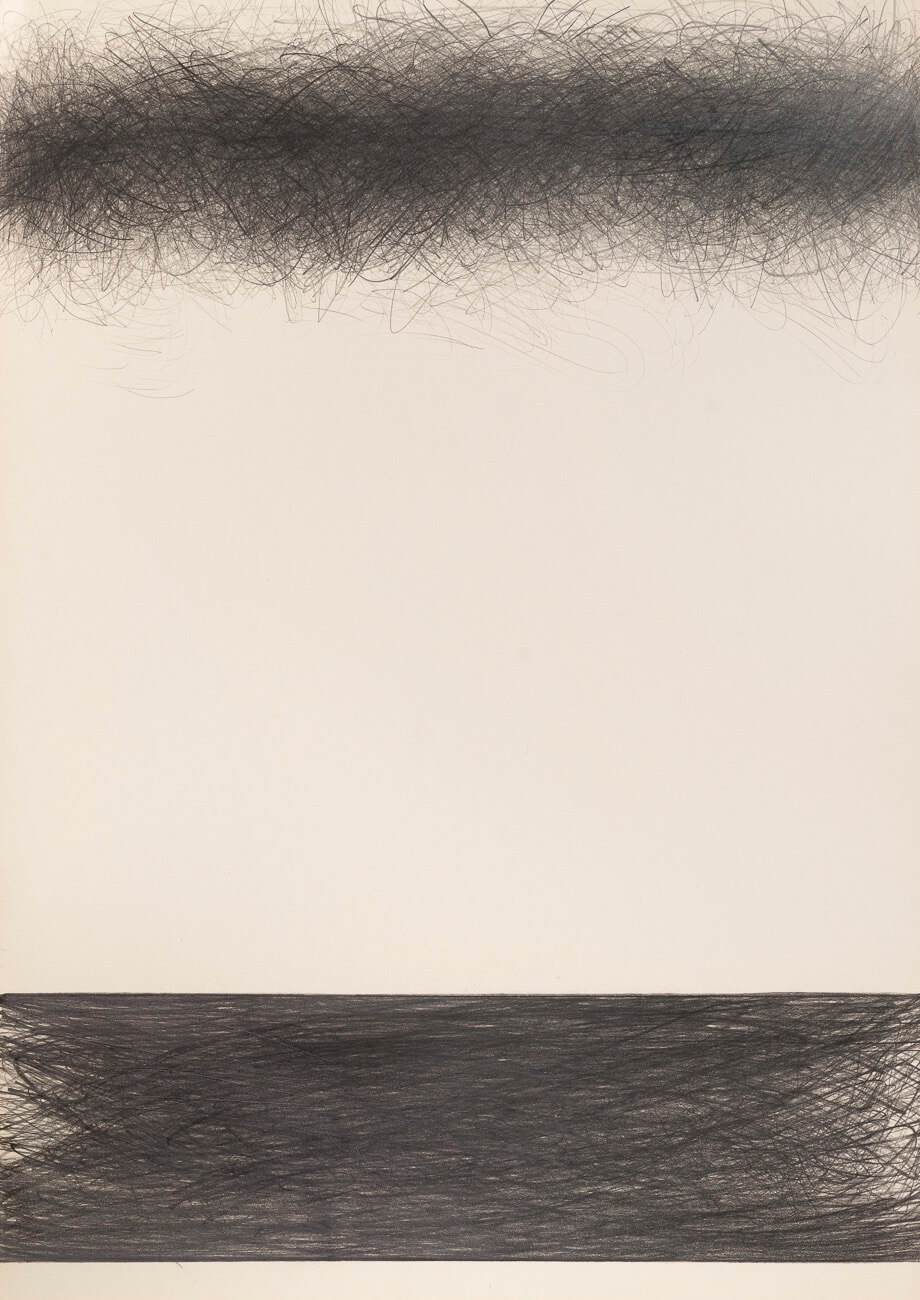
(*1957, Trenčín – †1987, Bratislava)
was a special representative of the unofficial fine art scene of the 1970s and the 1980s. Although he ended his life voluntarily (he lived to the age of thirty), he left behind a distinctive and coherent work which became his suggestive symbol of the period of unfreedom.
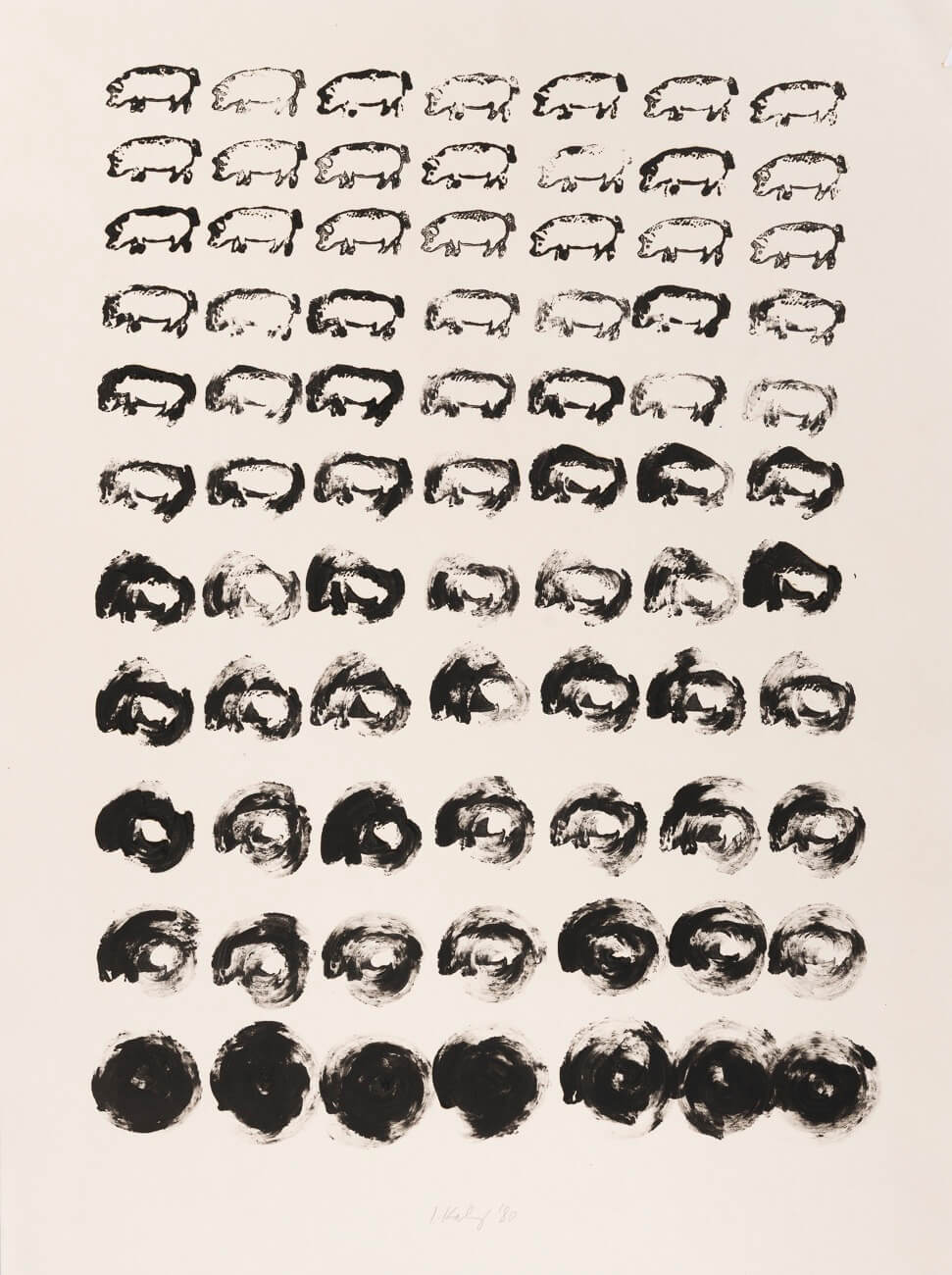
(*1957, Trenčín – †1987, Bratislava)
was a special representative of the unofficial fine art scene of the 1970s and the 1980s. Although he ended his life voluntarily (he lived to the age of thirty), he left behind a distinctive and coherent work which became his suggestive symbol of the period of unfreedom.

(*1957, Trenčín – †1987, Bratislava)
was a special representative of the unofficial fine art scene of the 1970s and the 1980s. Although he ended his life voluntarily (he lived to the age of thirty), he left behind a distinctive and coherent work which became his suggestive symbol of the period of unfreedom.
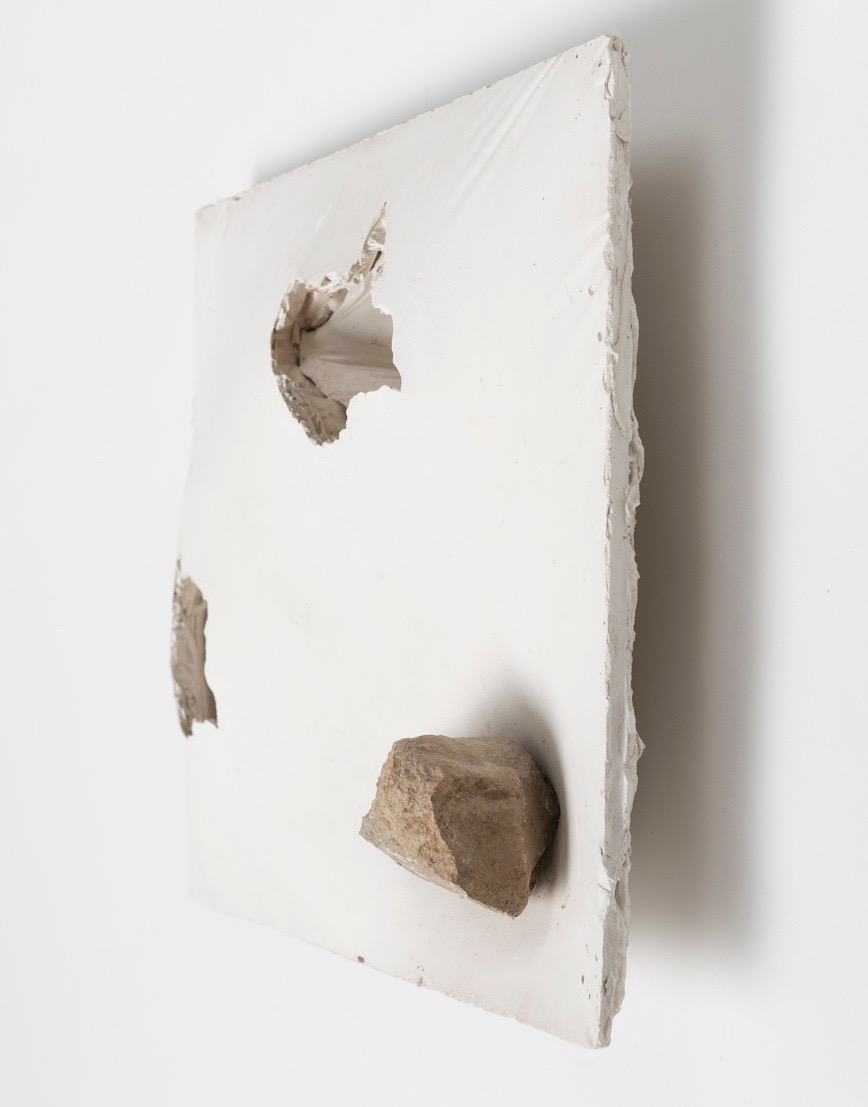
(*1936, Praha – †1996, Košice)
is one of the most significant female artists from Slovakia and her work has found international recognition.
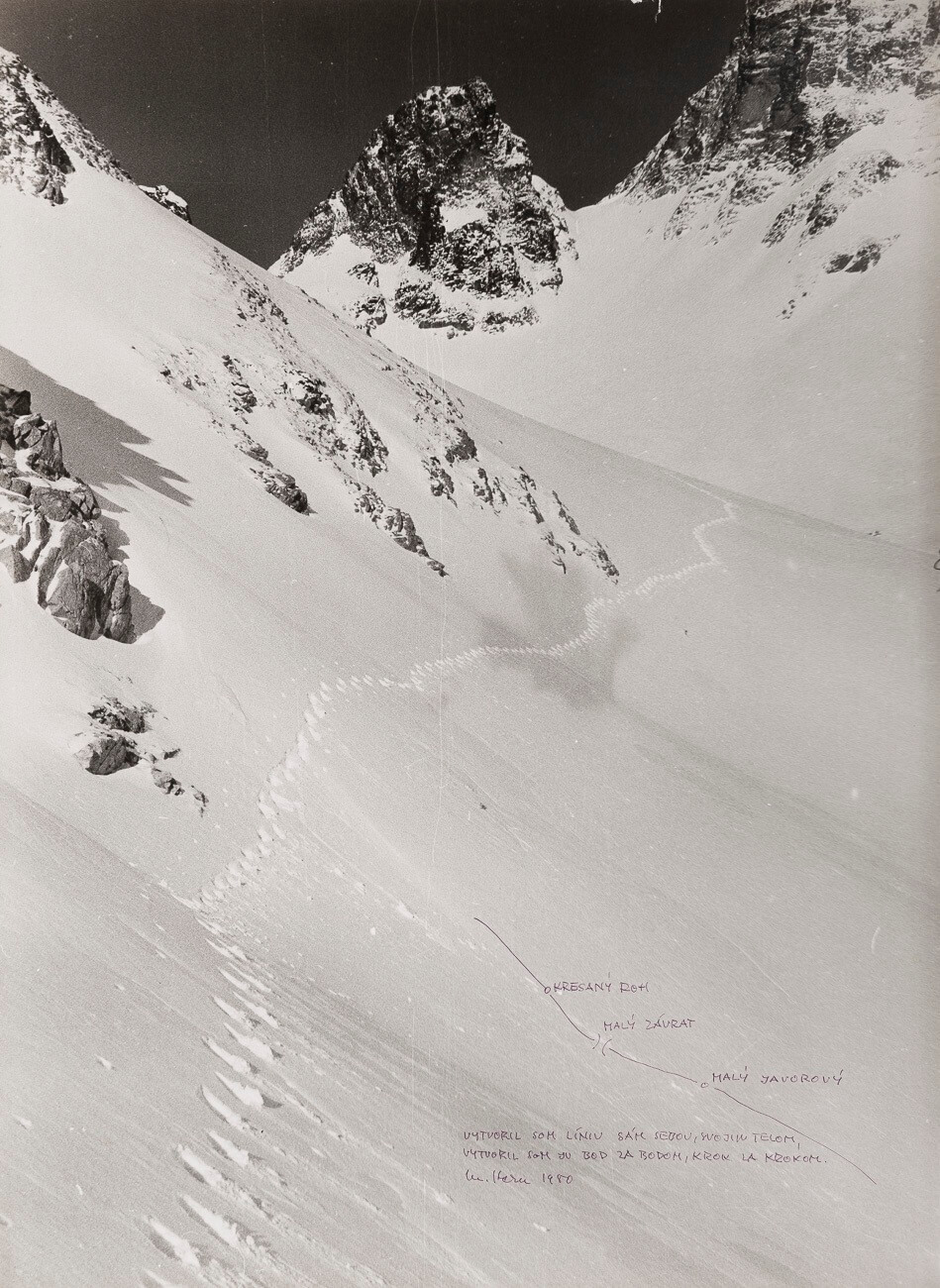
(*1938, Močiare pri Liptovskom Mikuláši – †1994, Močiare pri Liptovskom Mikuláši)
was one of the central figures of the unofficial art scene of the 1970s and 1980s.

(*1938, Močiare pri Liptovskom Mikuláši – †1994, Močiare pri Liptovskom Mikuláši)
was one of the central figures of the unofficial art scene of the 1970s and 1980s.

(*1938, Močiare pri Liptovskom Mikuláši – †1994, Močiare pri Liptovskom Mikuláši)
was one of the central figures of the unofficial art scene of the 1970s and 1980s.
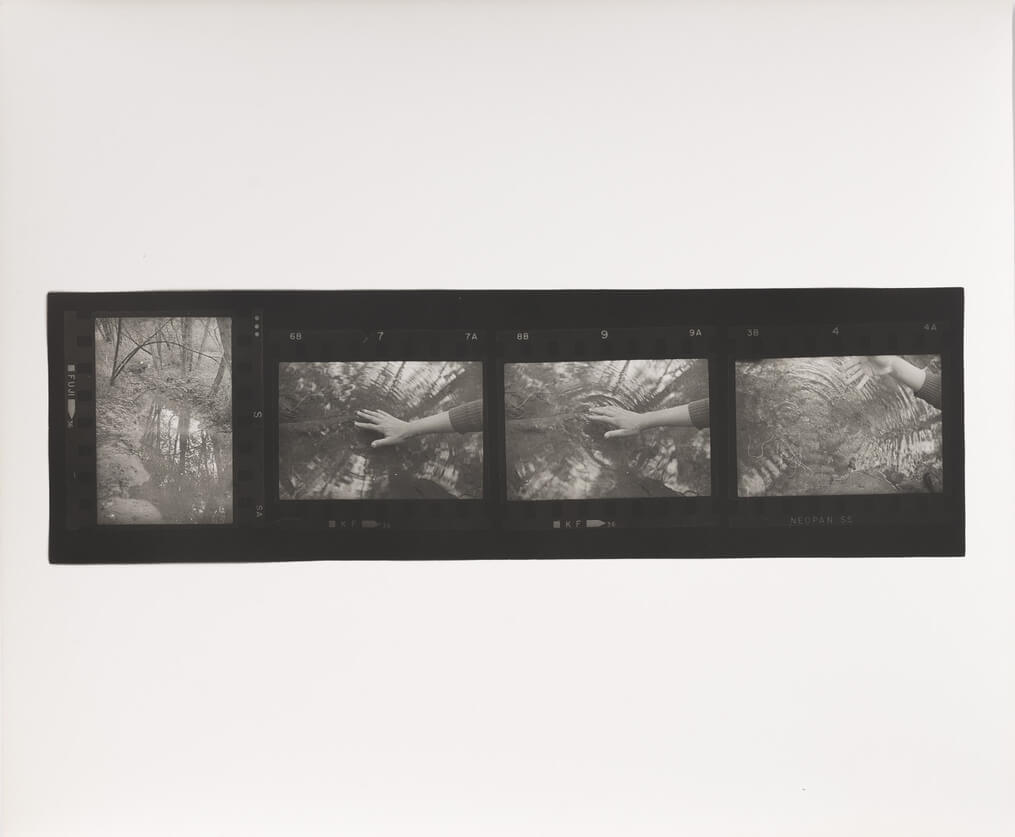
(*1938, Močiare pri Liptovskom Mikuláši – †1994, Močiare pri Liptovskom Mikuláši)
was one of the central figures of the unofficial art scene of the 1970s and 1980s.

(*1938, Močiare pri Liptovskom Mikuláši – †1994, Močiare pri Liptovskom Mikuláši)
was one of the central figures of the unofficial art scene of the 1970s and 1980s.
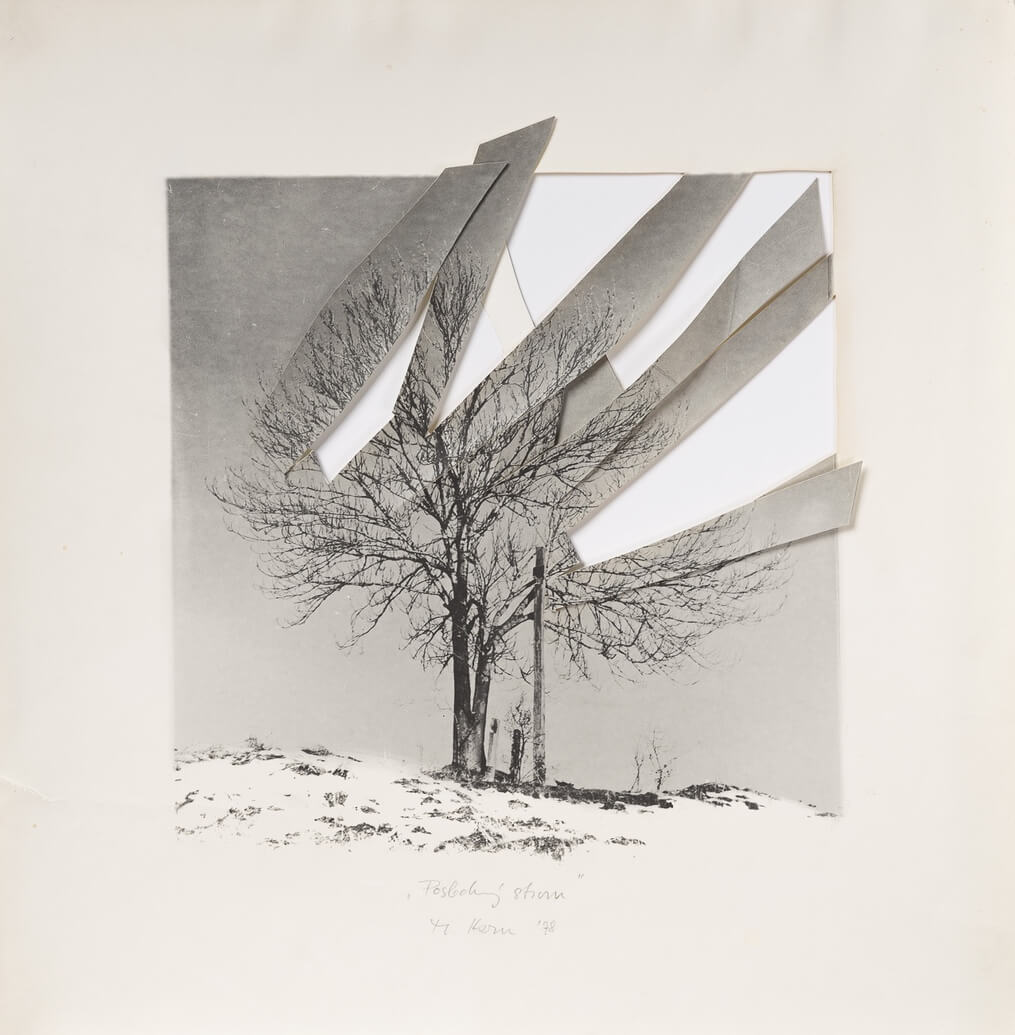
(*1938, Močiare pri Liptovskom Mikuláši – †1994, Močiare pri Liptovskom Mikuláši)
was one of the central figures of the unofficial art scene of the 1970s and 1980s.
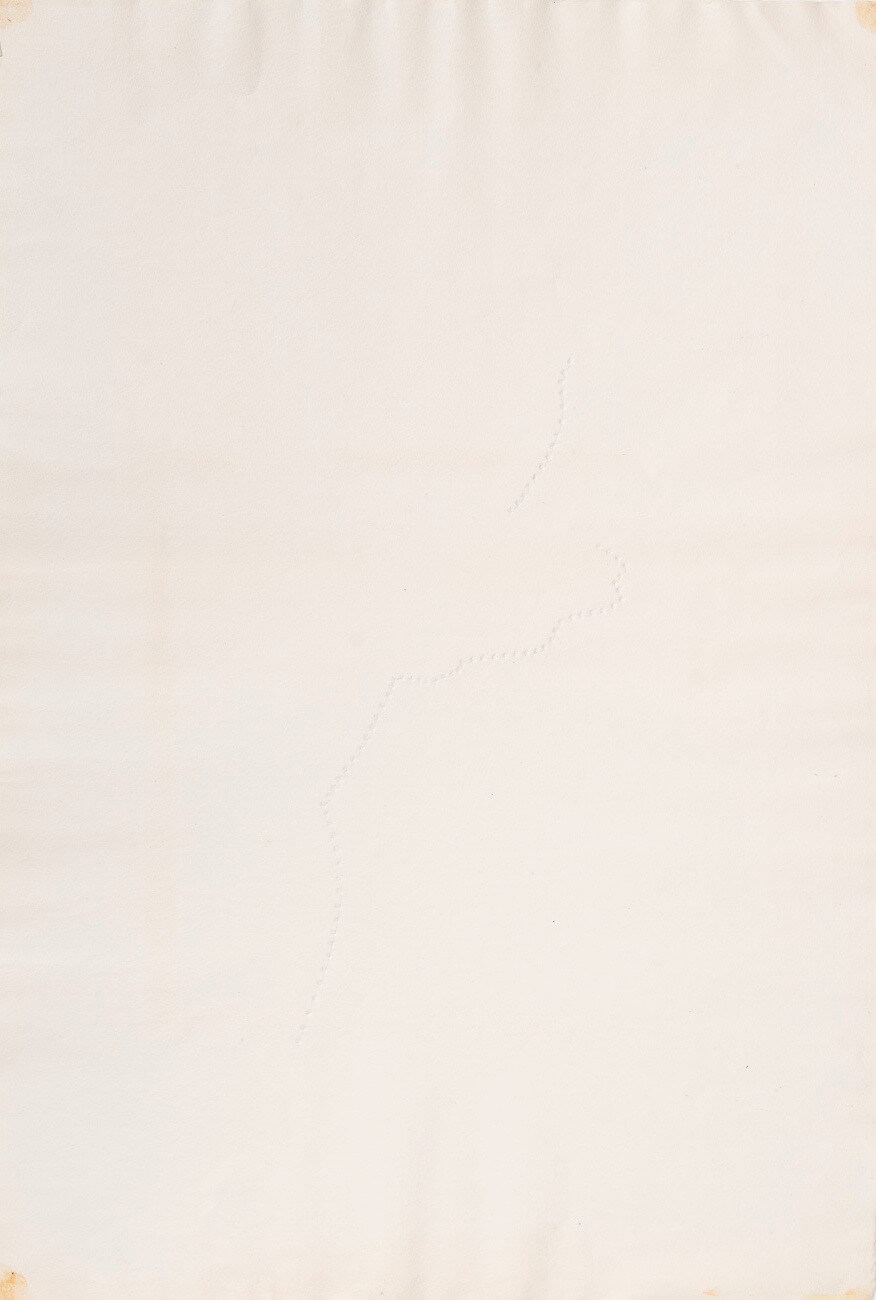
(*1938, Močiare pri Liptovskom Mikuláši – †1994, Močiare pri Liptovskom Mikuláši)
was one of the central figures of the unofficial art scene of the 1970s and 1980s.

(*1938, Močiare by Liptovský Mikuláš – †1994, Močiare by Liptovský Mikuláš)
was one of the central figures of the unofficial art scene of the 1970s and 1980s.
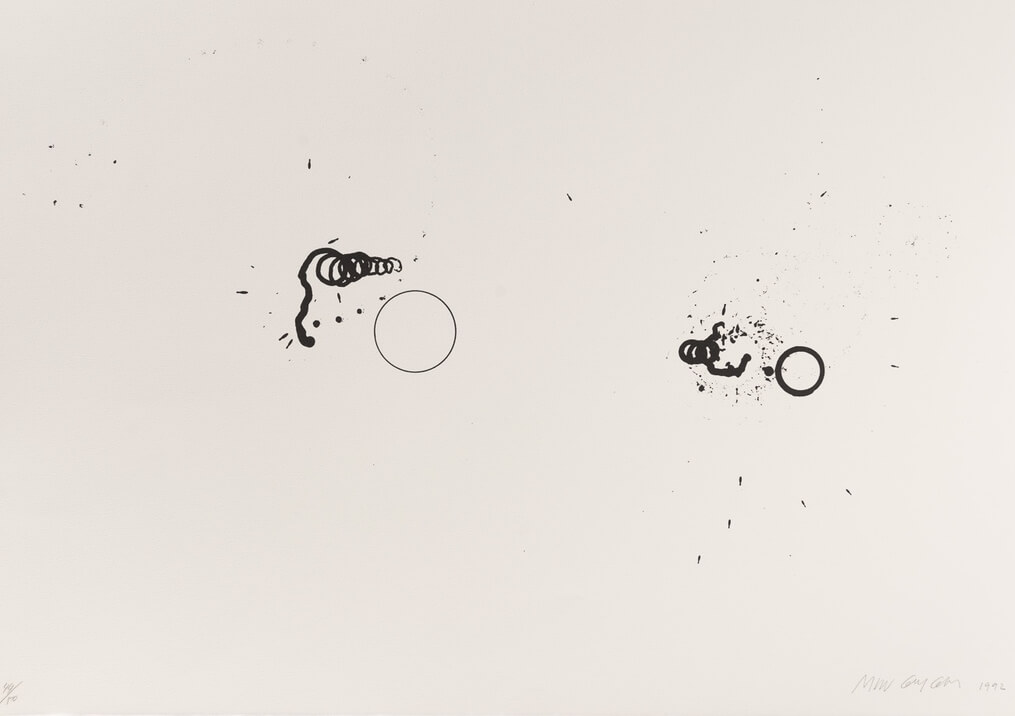
(*1920, Zvolen)
concentrated on studying and recording the correlation of acoustic and visual relations from the middle of the 1960s.
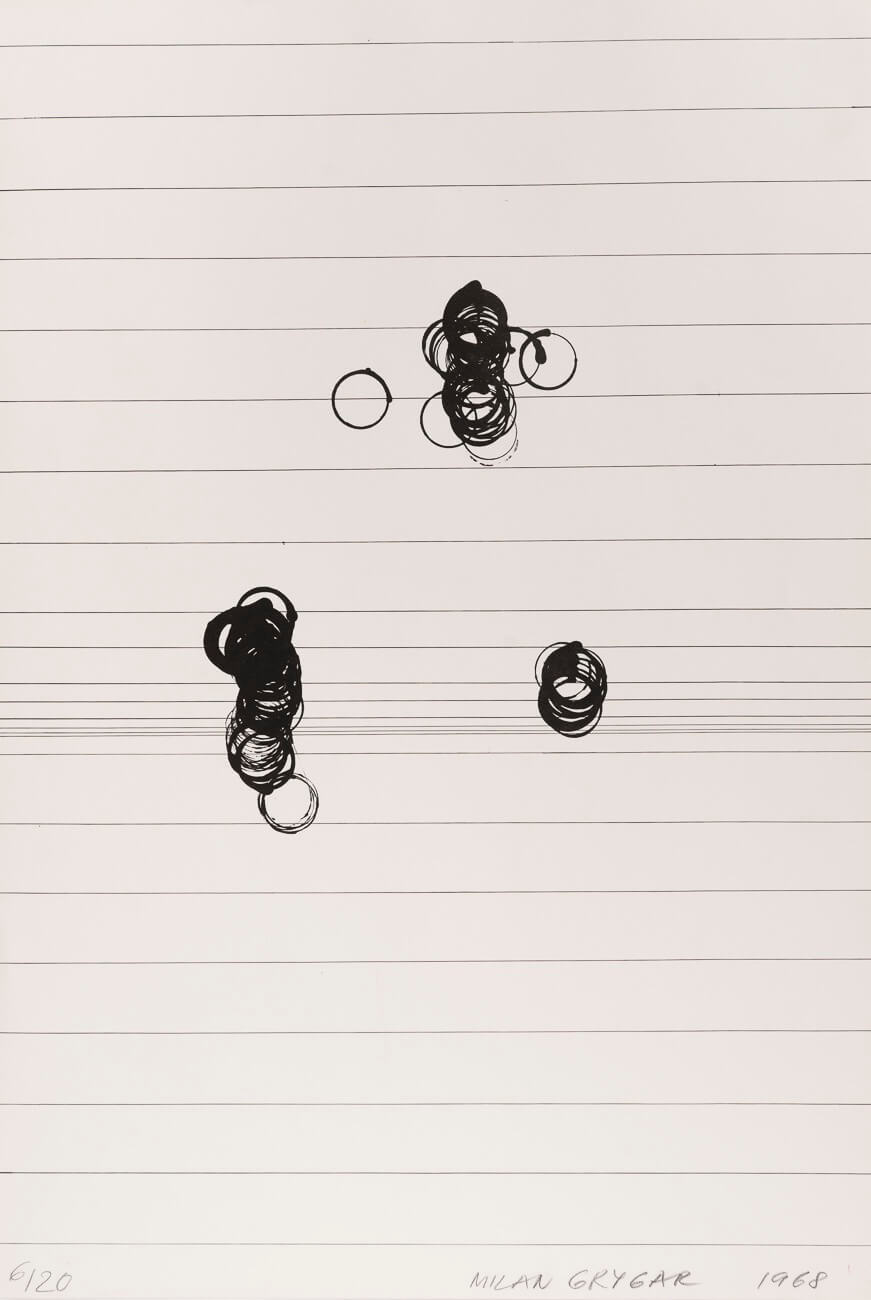
(*1920, Zvolen)
concentrated on studying and recording the correlation of acoustic and visual relations from the middle of the 1960s.
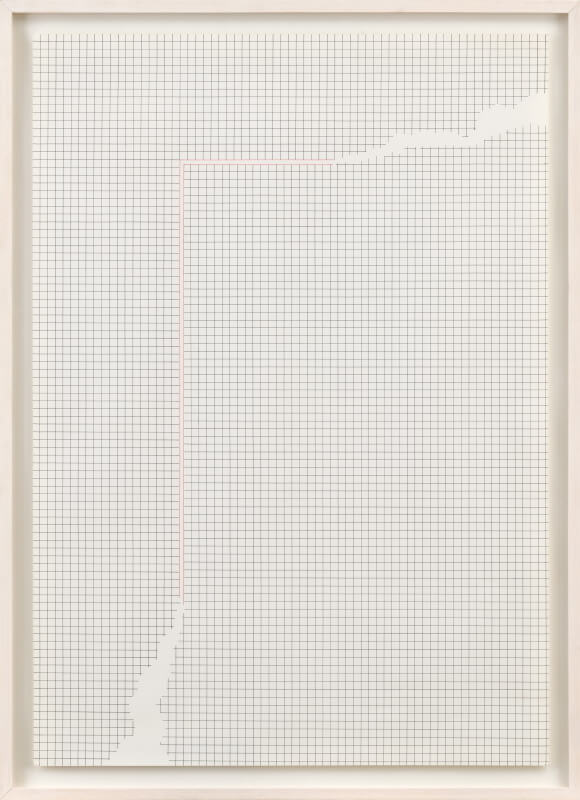
(*1920, Zvolen)
concentrated on studying and recording the correlation of acoustic and visual relations from the middle of the 1960s.

(*1920, Zvolen)
concentrated on studying and recording the correlation of acoustic and visual relations from the middle of the 1960s.

(*1920, Zvolen)
concentrated on studying and recording the correlation of acoustic and visual relations from the middle of the 1960s.
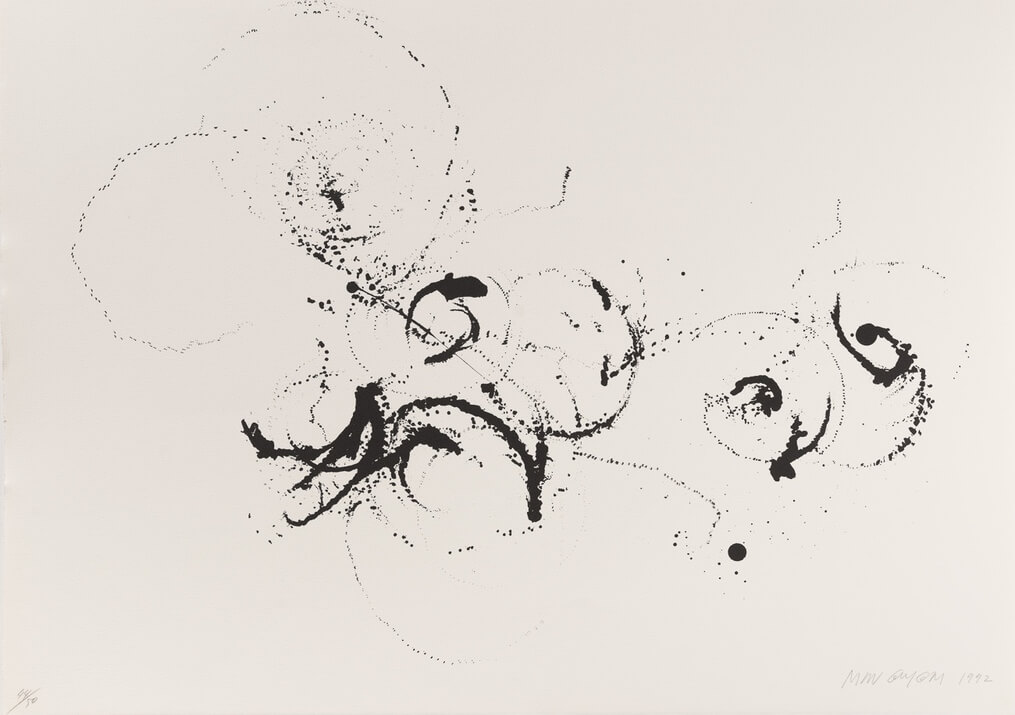
(*1920, Zvolen)
concentrated on studying and recording the correlation of acoustic and visual relations from the middle of the 1960s.

(*1920, Zvolen)
concentrated on studying and recording the correlation of acoustic and visual relations from the middle of the 1960s.
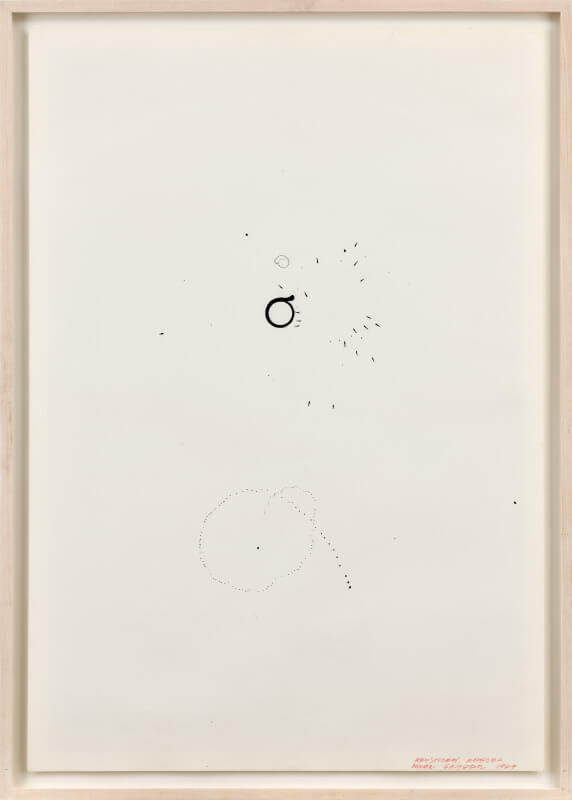
(*1920, Zvolen)
concentrated on studying and recording the correlation of acoustic and visual relations from the middle of the 1960s.

(*1920, Zvolen)
concentrated on studying and recording the correlation of acoustic and visual relations from the middle of the 1960s.

(*1942, Nové Zámky – †2016, Skalica)
was an artist with an urgent ethical challenge and a peculiar – anti-conventional – sculptural vision.

(*1942, Nové Zámky – †2016, Skalica)
was an artist with an urgent ethical challenge and a peculiar – anti-conventional – sculptural vision.

(*1942, Nové Zámky – †2016, Skalica)
was an artist with an urgent ethical challenge and a peculiar – anti-conventional – sculptural vision.
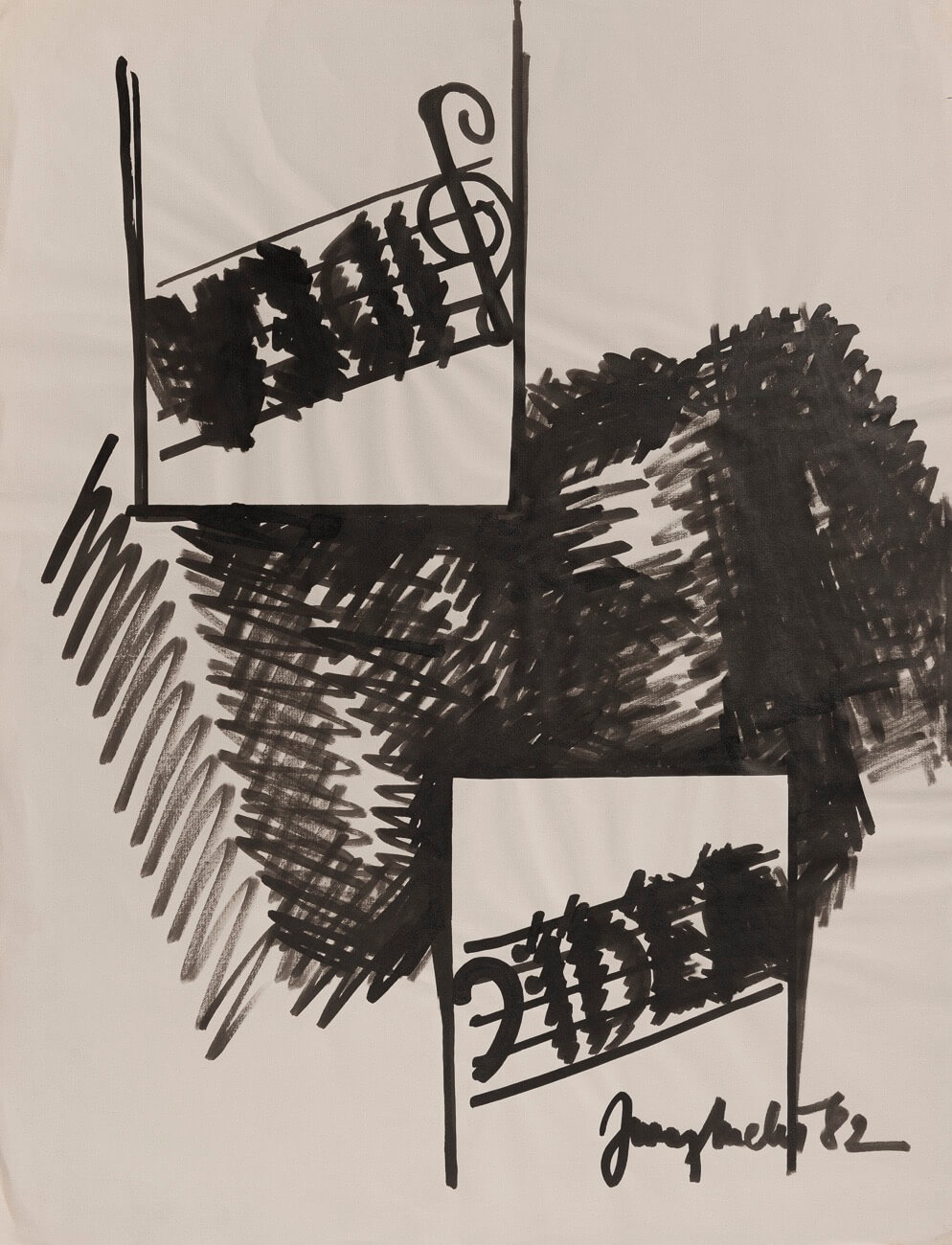
(*1942, Nové Zámky – †2016, Skalica)
was an artist with an urgent ethical challenge and a peculiar – anti-conventional – sculptural vision.
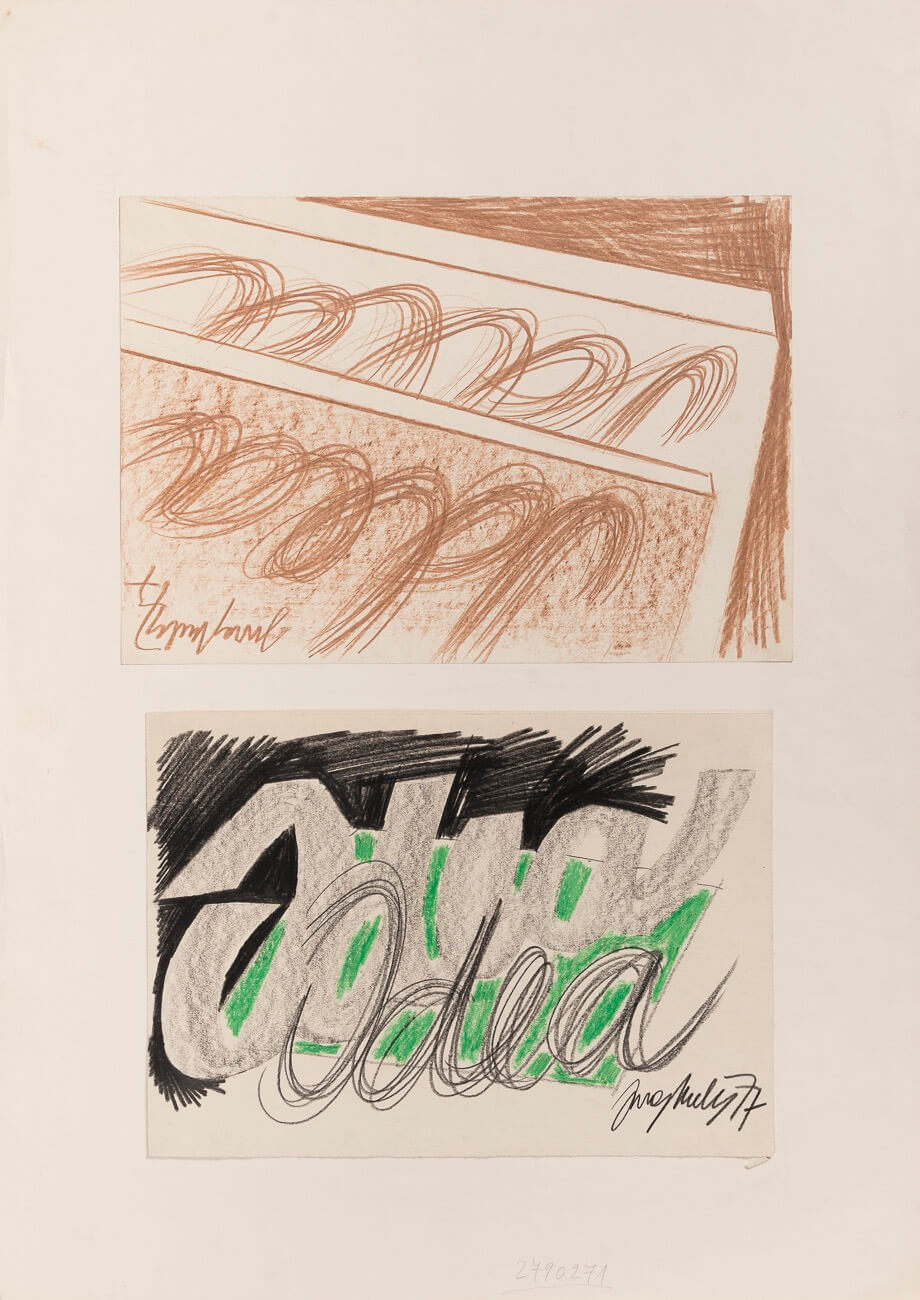
(*1942, Nové Zámky – †2016, Skalica)
was an artist with an urgent ethical challenge and a peculiar – anti-conventional – sculptural vision.
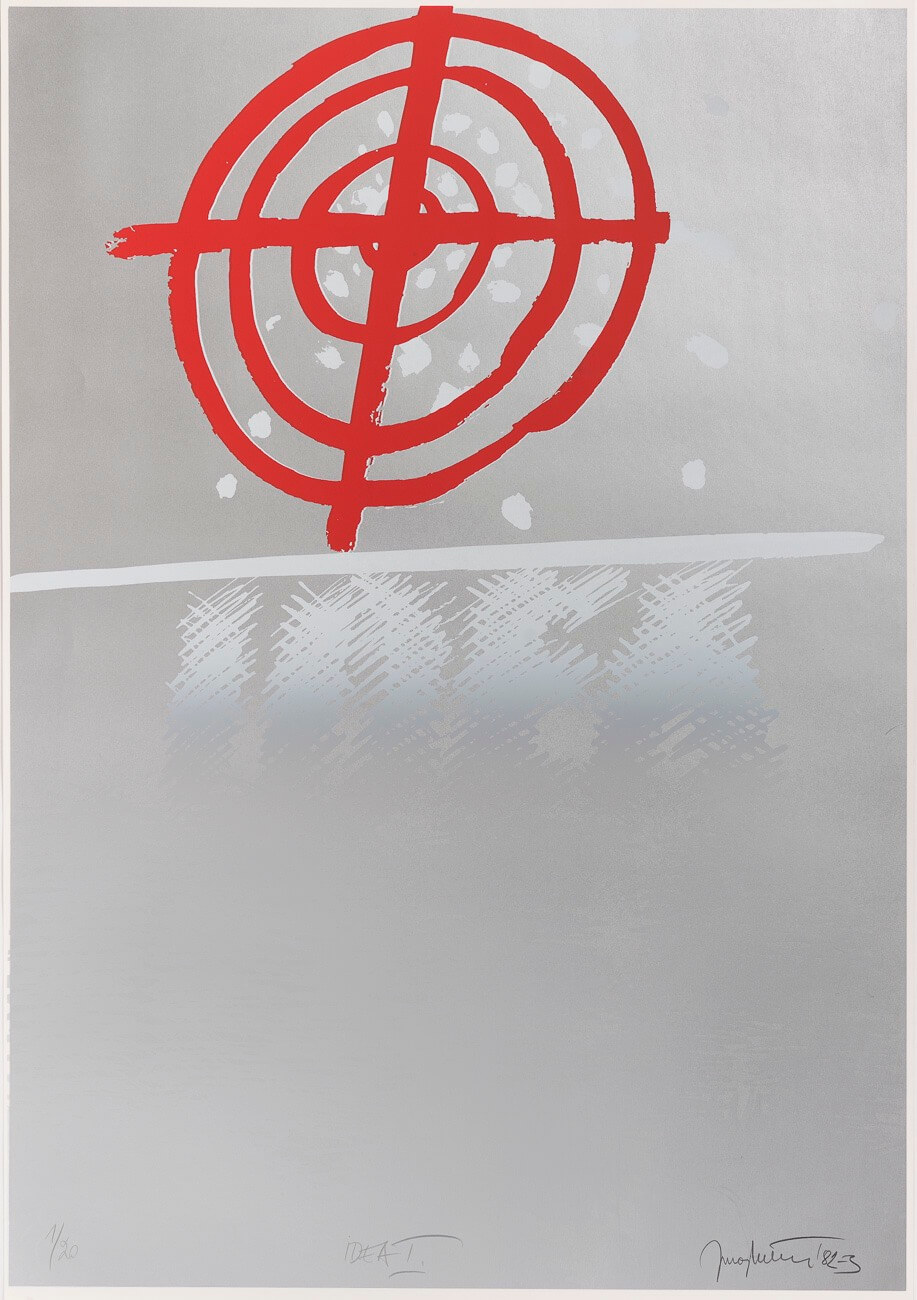
(*1942, Nové Zámky – †2016, Skalica)
was an artist with an urgent ethical challenge and a peculiar – anti-conventional – sculptural vision.

(*1942, Nové Zámky – †2016, Skalica)
was an artist with an urgent ethical challenge and a peculiar – anti-conventional – sculptural vision.

(*1942, Nové Zámky – †2016, Skalica)
was an artist with an urgent ethical challenge and a peculiar – anti-conventional – sculptural vision.

(*1942, Nové Zámky – †2016, Skalica)
was an artist with an urgent ethical challenge and a peculiar – anti-conventional – sculptural vision.
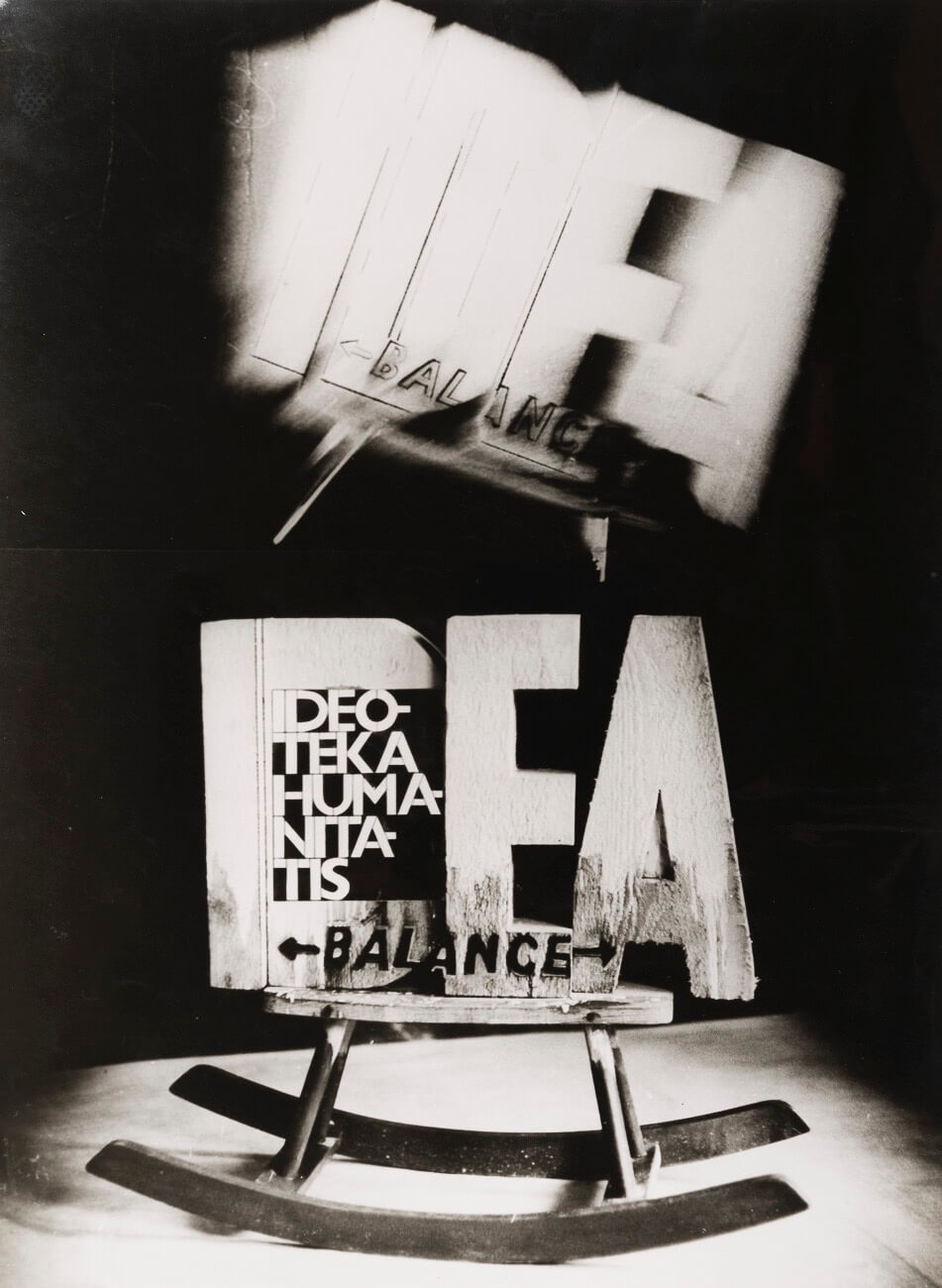
(*1942, Nové Zámky – †2016, Skalica)
was an artist with an urgent ethical challenge and a peculiar – anti-conventional – sculptural vision.
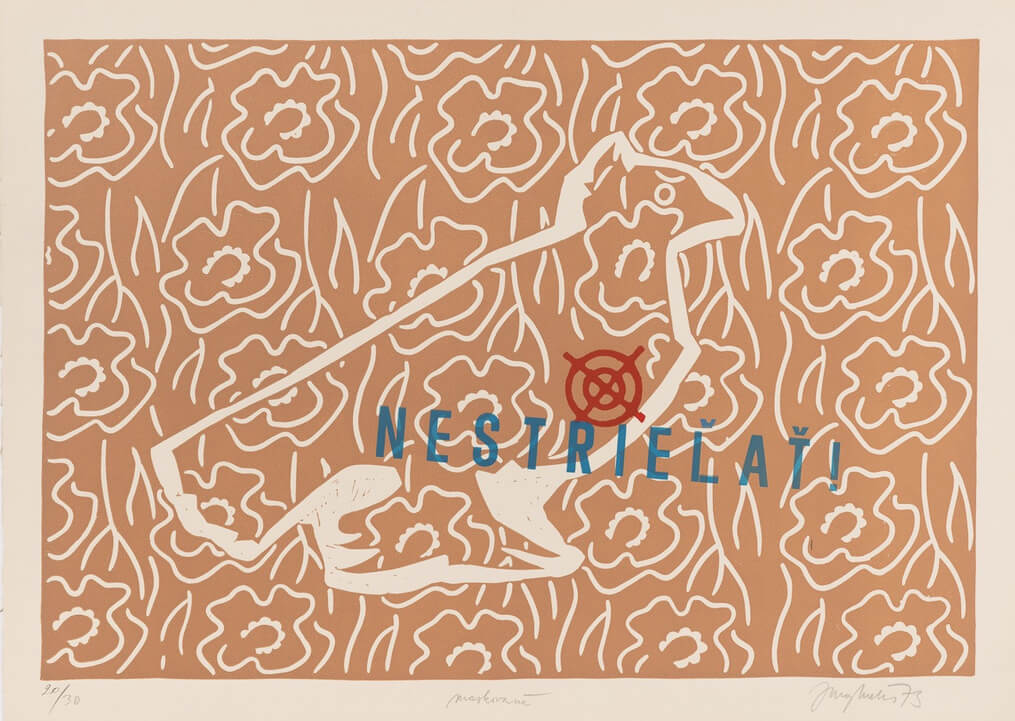
(*1942, Nové Zámky – †2016, Skalica)
was an artist with an urgent ethical challenge and a peculiar – anti-conventional – sculptural vision.
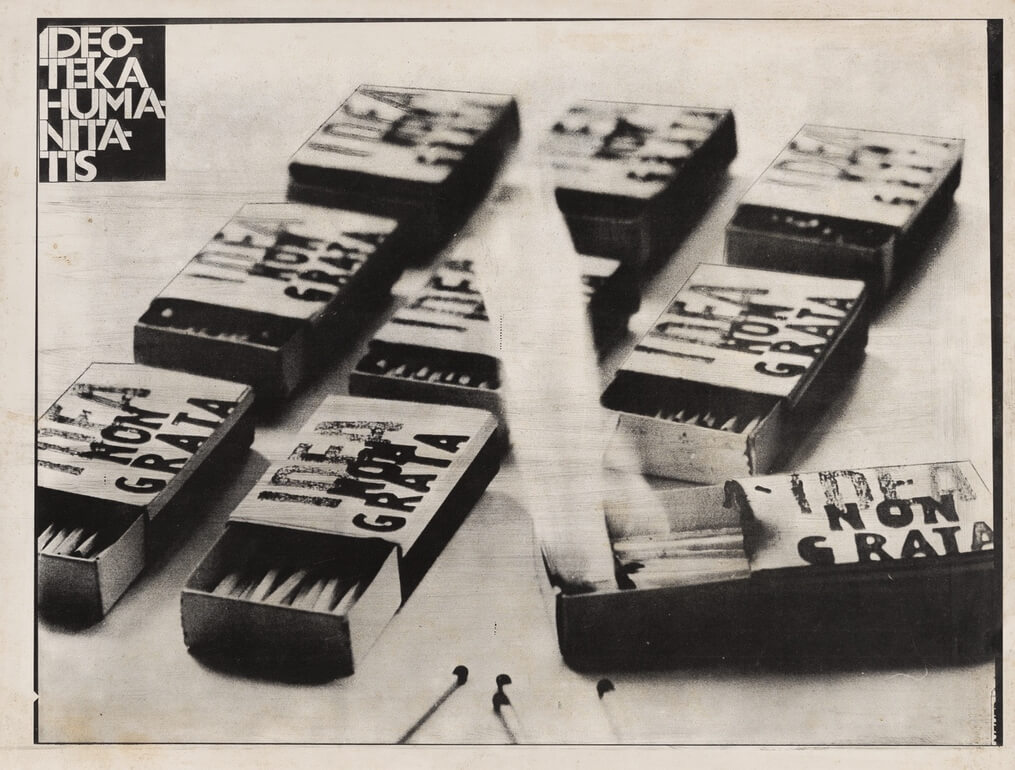
(*1942, Nové Zámky – †2016, Skalica)
was an artist with an urgent ethical challenge and a peculiar – anti-conventional – sculptural vision.
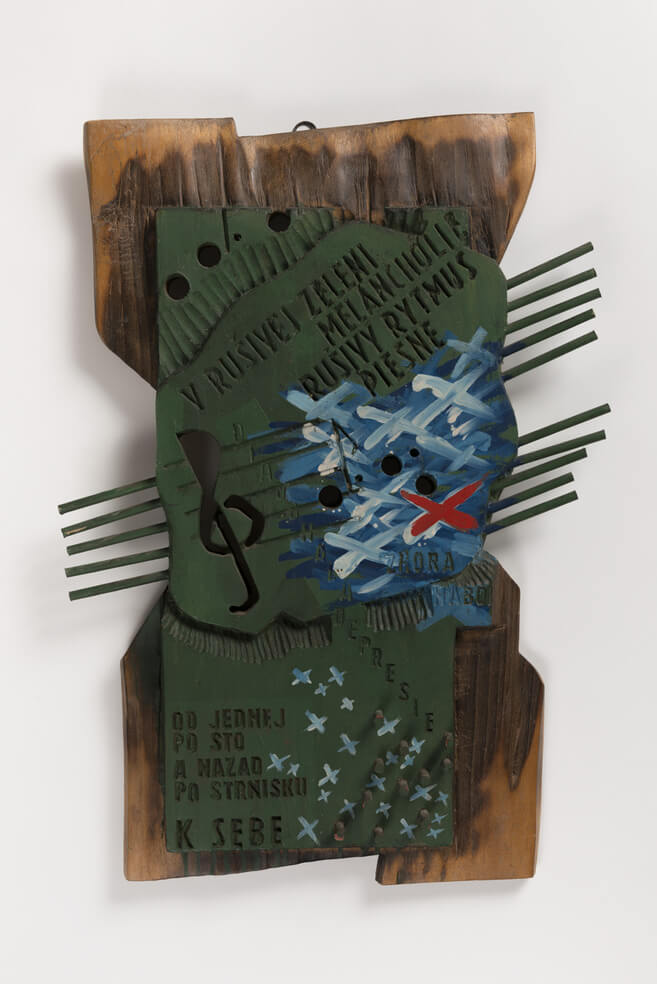
(*1942, Nové Zámky – †2016, Skalica)
was an artist with an urgent ethical challenge and a peculiar – anti-conventional – sculptural vision.
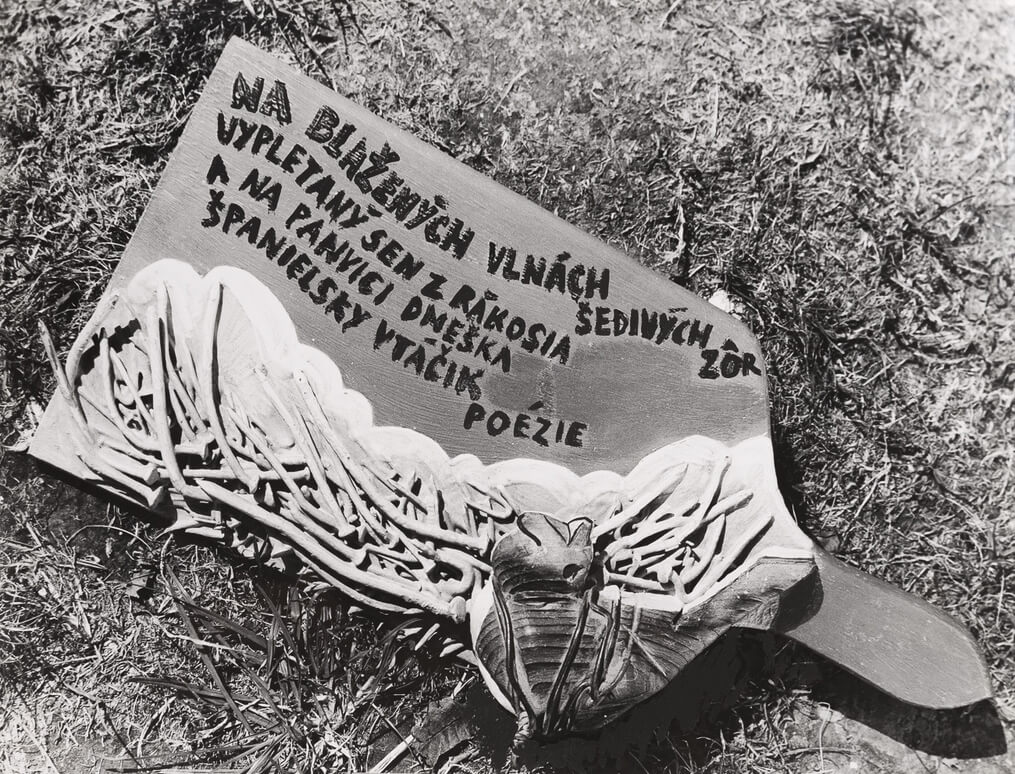
(*1942, Nové Zámky – †2016, Skalica)
was an artist with an urgent ethical challenge and a peculiar – anti-conventional – sculptural vision.

(*1942, Nové Zámky – †2016, Skalica)
was an artist with an urgent ethical challenge and a peculiar – anti-conventional – sculptural vision.

(*1942, Nové Zámky – †2016, Skalica)
was an artist with an urgent ethical challenge and a peculiar – anti-conventional – sculptural vision.

(*1942, Nové Zámky – †2016, Skalica)
was an artist with an urgent ethical challenge and a peculiar – anti-conventional – sculptural vision.

(*1942, Nové Zámky – †2016, Skalica)
was an artist with an urgent ethical challenge and a peculiar – anti-conventional – sculptural vision.
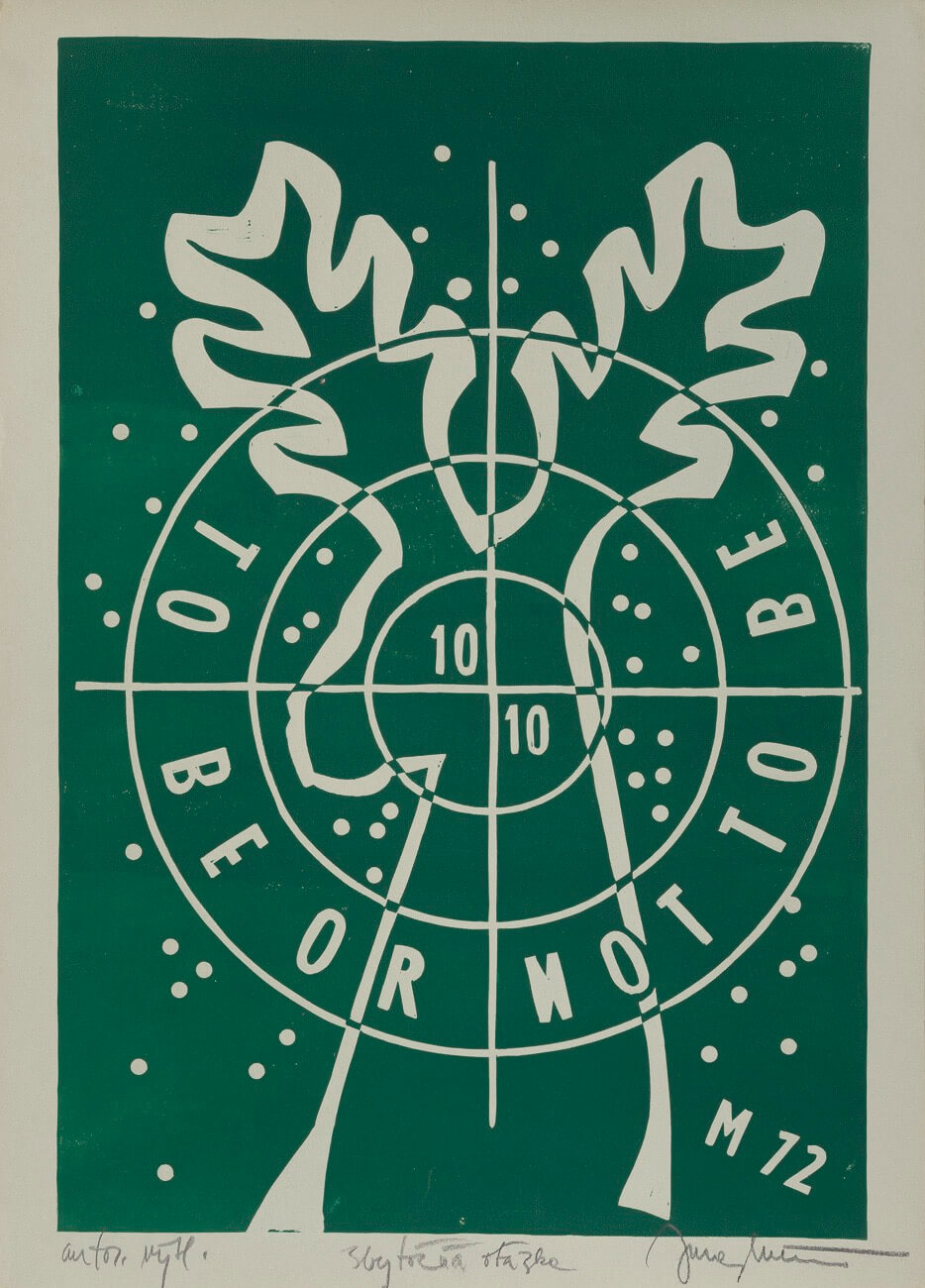
(*1942, Nové Zámky – †2016, Skalica)
was an artist with an urgent ethical challenge and a peculiar – anti-conventional – sculptural vision.

(*1942, Nové Zámky – †2016, Skalica)
was an artist with an urgent ethical challenge and a peculiar – anti-conventional – sculptural vision.

(*1942, Nové Zámky – †2016, Skalica)
was an artist with an urgent ethical challenge and a peculiar – anti-conventional – sculptural vision.

(*1942, Nové Zámky – †2016, Skalica)
was an artist with an urgent ethical challenge and a peculiar – anti-conventional – sculptural vision.
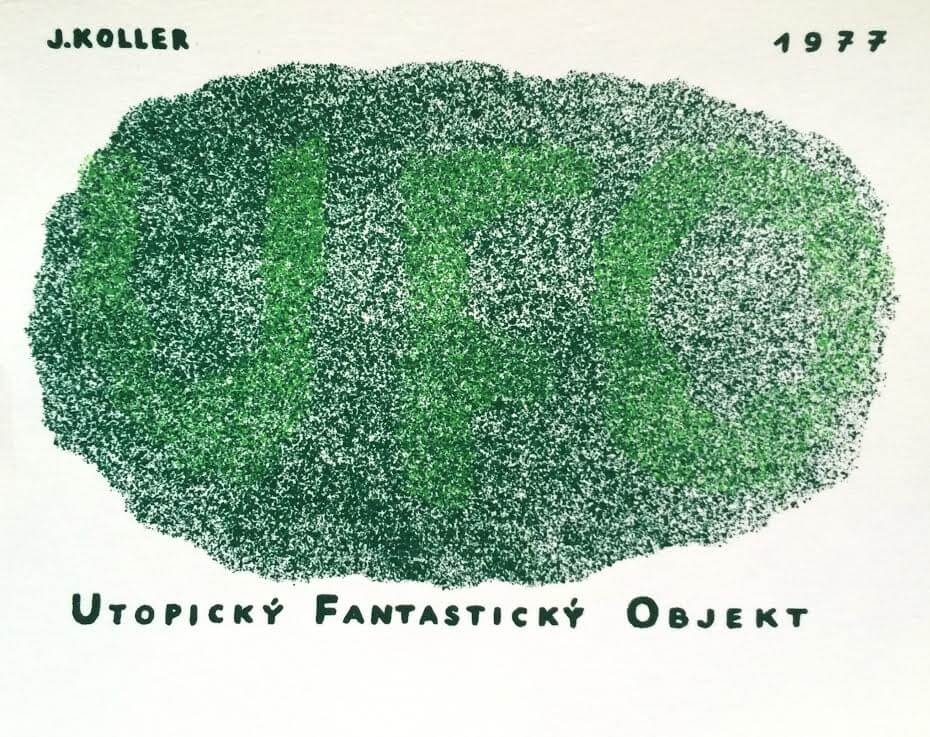
(*1939, Piešťany – †2007, Bratislava)
The pioneer of a “different” creativity, Július Koller was a painter, creator of events, projects and concepts through which he polemically commented on the social, civilization and cultural situation.

(*1939, Piešťany – †2007, Bratislava)
The pioneer of a “different” creativity, Július Koller was a painter, creator of events, projects and concepts through which he polemically commented on the social, civilization and cultural situation.
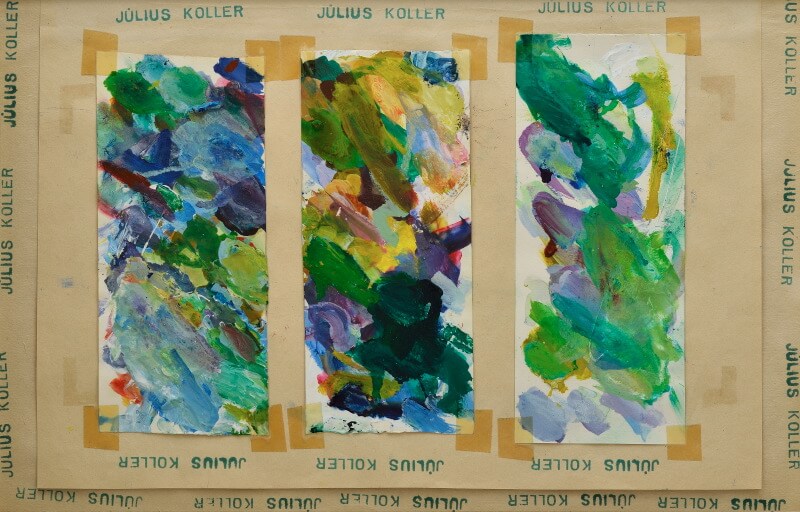
(*1939, Piešťany – †2007, Bratislava)
The pioneer of a “different” creativity, Július Koller was a painter, creator of events, projects and concepts through which he polemically commented on the social, civilization and cultural situation.

(*1939, Piešťany – †2007, Bratislava)
The pioneer of a “different” creativity, Július Koller was a painter, creator of events, projects and concepts through which he polemically commented on the social, civilization and cultural situation.

(*1939, Piešťany – †2007, Bratislava)
The pioneer of a “different” creativity, Július Koller was a painter, creator of events, projects and concepts through which he polemically commented on the social, civilization and cultural situation.

(*1939, Piešťany – †2007, Bratislava)
The pioneer of a “different” creativity, Július Koller was a painter, creator of events, projects and concepts through which he polemically commented on the social, civilization and cultural situation.

(*1939, Piešťany – †2007, Bratislava)
The pioneer of a “different” creativity, Július Koller was a painter, creator of events, projects and concepts through which he polemically commented on the social, civilization and cultural situation.
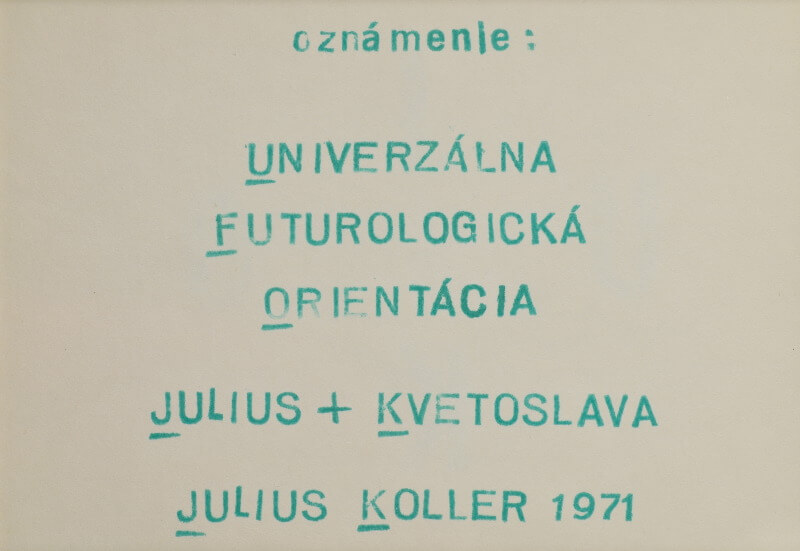
(*1939, Piešťany – †2007, Bratislava)
The pioneer of a “different” creativity, Július Koller was a painter, creator of events, projects and concepts through which he polemically commented on the social, civilization and cultural situation.

(*1939, Piešťany – †2007, Bratislava)
The pioneer of a “different” creativity, Július Koller was a painter, creator of events, projects and concepts through which he polemically commented on the social, civilization and cultural situation.

(*1939, Piešťany – †2007, Bratislava)
The pioneer of a “different” creativity, Július Koller was a painter, creator of events, projects and concepts through which he polemically commented on the social, civilization and cultural situation.

(*1937, Veľká Hradná – † 2015, Bratislava)
From the second half of the 1960s up to the present, Stano Filko is perhaps the most universal and radical artist of the Slovak visual art scene; he is also known as a “professional avant-gardist.”
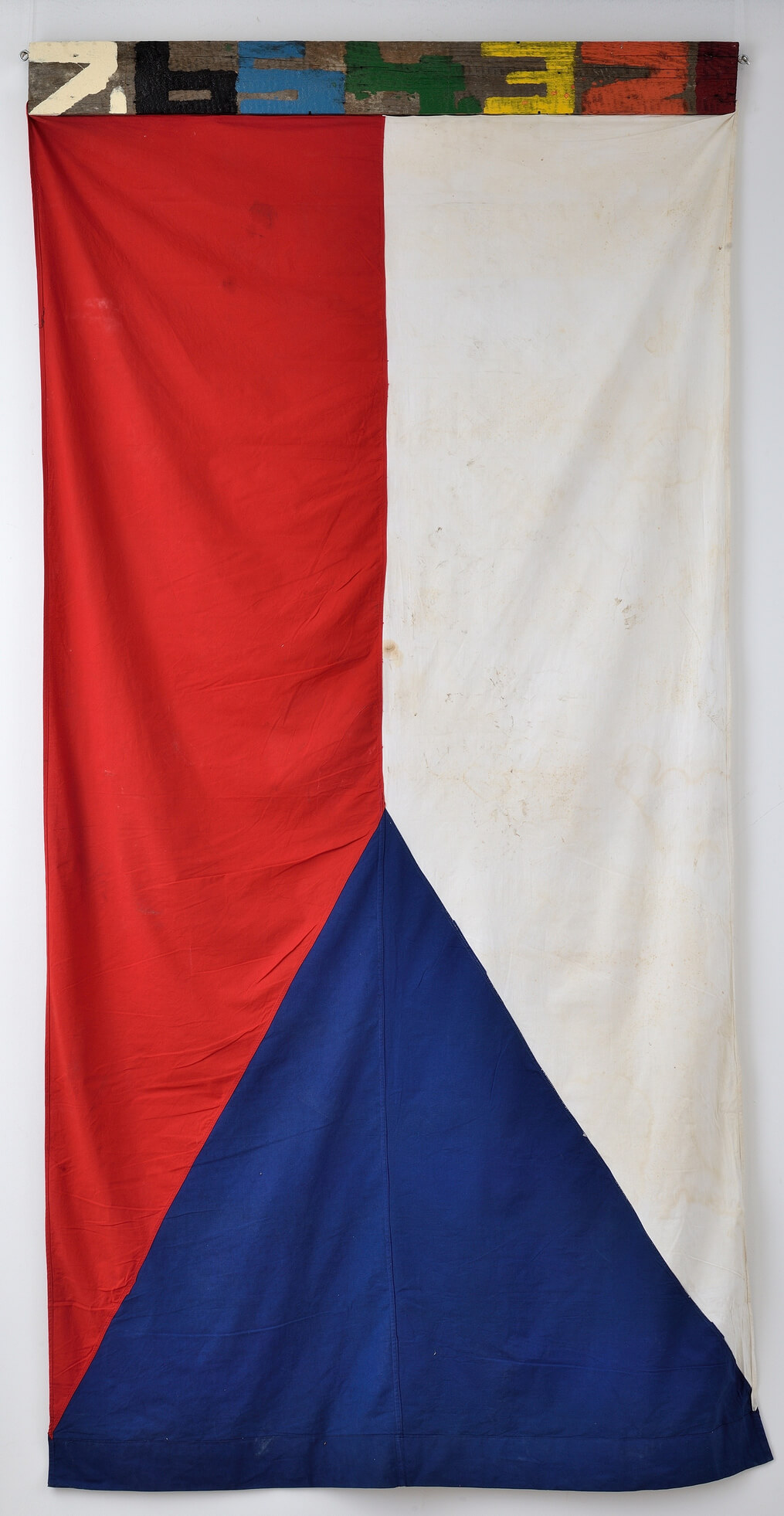
(*1937, Veľká Hradná – † 2015, Bratislava)
From the second half of the 1960s up to the present, Stano Filko is perhaps the most universal and radical artist of the Slovak visual art scene; he is also known as a “professional avant-gardist.”

(*1937, Veľká Hradná – † 2015, Bratislava)
From the second half of the 1960s up to the present, Stano Filko is perhaps the most universal and radical artist of the Slovak visual art scene; he is also known as a “professional avant-gardist.”

(*1937, Veľká Hradná – † 2015, Bratislava)
From the second half of the 1960s up to the present, Stano Filko is perhaps the most universal and radical artist of the Slovak visual art scene; he is also known as a “professional avant-gardist.”
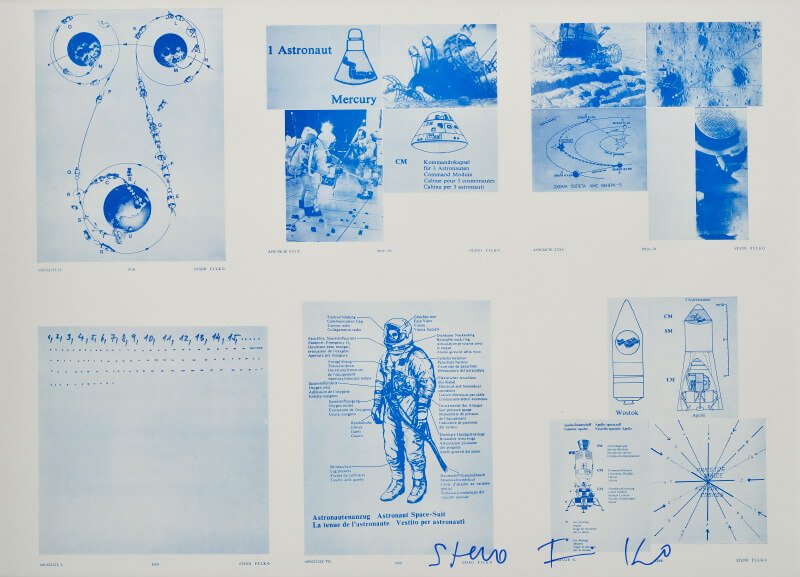
(*1937, Veľká Hradná – † 2015, Bratislava)
From the second half of the 1960s up to the present, Stano Filko is perhaps the most universal and radical artist of the Slovak visual art scene; he is also known as a “professional avant-gardist.”

(*1937, Veľká Hradná – † 2015, Bratislava)
From the second half of the 1960s up to the present, Stano Filko is perhaps the most universal and radical artist of the Slovak visual art scene; he is also known as a “professional avant-gardist.”

(*1937, Veľká Hradná – † 2015, Bratislava)
From the second half of the 1960s up to the present, Stano Filko is perhaps the most universal and radical artist of the Slovak visual art scene; he is also known as a “professional avant-gardist.”

(*1937, Veľká Hradná – † 2015, Bratislava)
From the second half of the 1960s up to the present, Stano Filko is perhaps the most universal and radical artist of the Slovak visual art scene; he is also known as a “professional avant-gardist.”
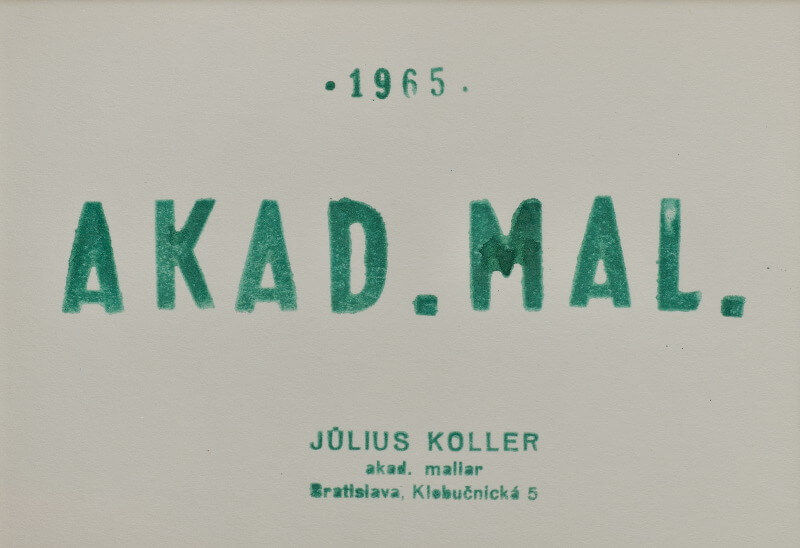
(*1939, Piešťany – †2007, Bratislava)
The pioneer of a “different” creativity, Július Koller was a painter, creator of events, projects and concepts through which he polemically commented on the social, civilization and cultural situation.

(*1937, Veľká Hradná – † 2015, Bratislava) From the second half of the 1960s up to the present, Stano Filko is perhaps the most universal and radical artist of the Slovak visual art scene; he is also known as a “professional avant-gardist.”
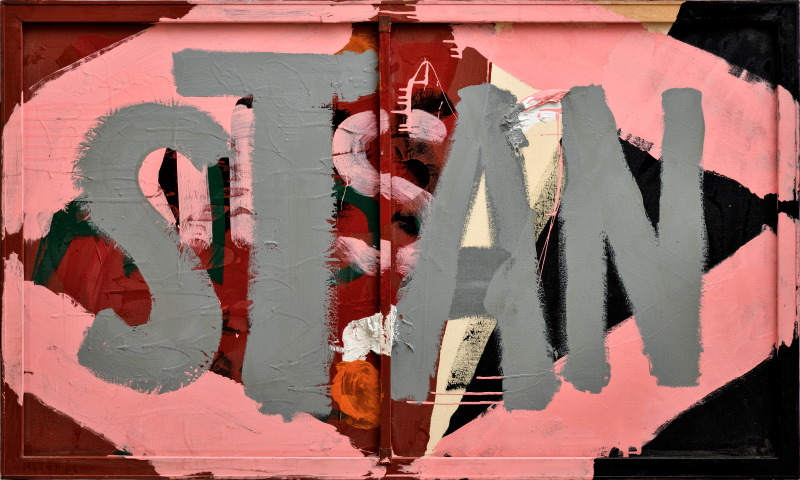
(*1937, Veľká Hradná – † 2015, Bratislava) From the second half of the 1960s up to the present, Stano Filko is perhaps the most universal and radical artist of the Slovak visual art scene; he is also known as a “professional avant-gardist.”

(*1937, Veľká Hradná – † 2015, Bratislava) From the second half of the 1960s up to the present, Stano Filko is perhaps the most universal and radical artist of the Slovak visual art scene; he is also known as a “professional avant-gardist.”
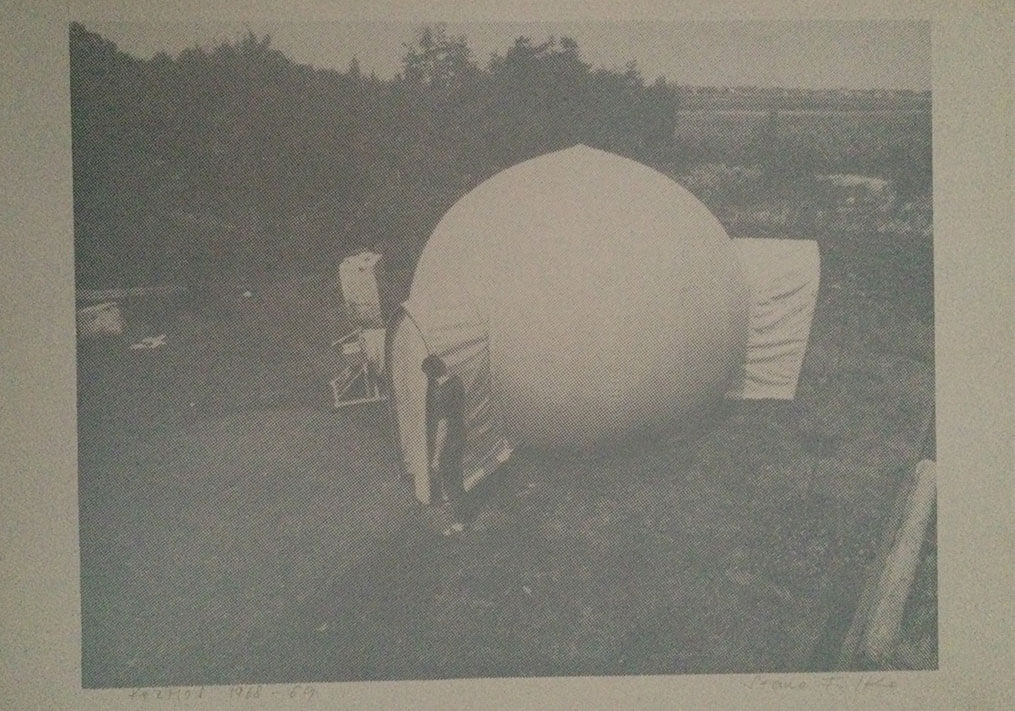
(*1937, Veľká Hradná – † 2015, Bratislava) From the second half of the 1960s up to the present, Stano Filko is perhaps the most universal and radical artist of the Slovak visual art scene; he is also known as a “professional avant-gardist.”

(*1937, Veľká Hradná – † 2015, Bratislava)
From the second half of the 1960s up to the present, Stano Filko is perhaps the most universal and radical artist of the Slovak visual art scene; he is also known as a “professional avant-gardist.”

(*1937, Veľká Hradná – † 2015, Bratislava) From the second half of the 1960s up to the present, Stano Filko is perhaps the most universal and radical artist of the Slovak visual art scene; he is also known as a “professional avant-gardist.”

(*1937, Veľká Hradná – † 2015, Bratislava)
From the second half of the 1960s up to the present, Stano Filko is perhaps the most universal and radical artist of the Slovak visual art scene; he is also known as a “professional avant-gardist.”
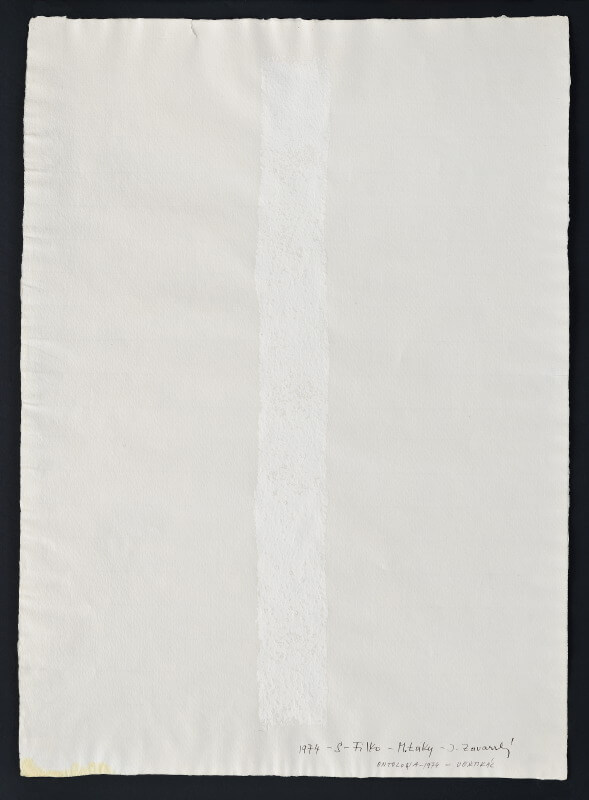
(*1937, Veľká Hradná – † 2015, Bratislava)
From the second half of the 1960s up to the present, Stano Filko is perhaps the most universal and radical artist of the Slovak visual art scene; he is also known as a “professional avant-gardist.”
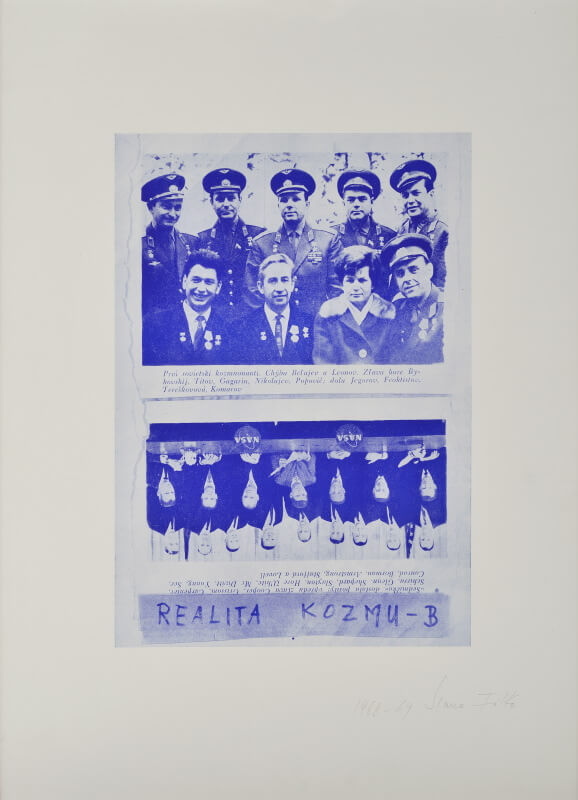
(*1937, Veľká Hradná – † 2015, Bratislava) From the second half of the 1960s up to the present, Stano Filko is perhaps the most universal and radical artist of the Slovak visual art scene; he is also known as a “professional avant-gardist.”
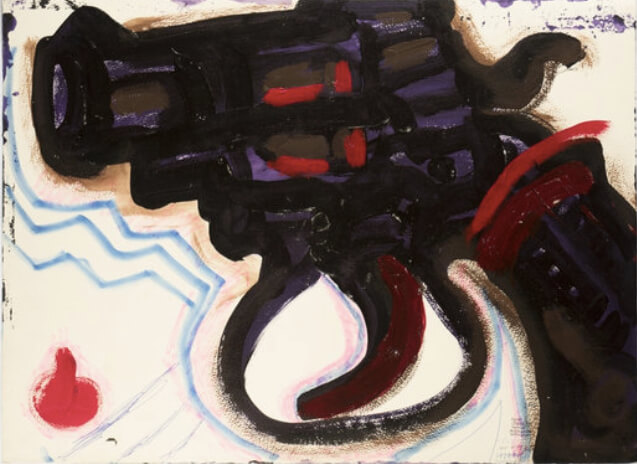
(*1937, Veľká Hradná – † 2015, Bratislava) From the second half of the 1960s up to the present, Stano Filko is perhaps the most universal and radical artist of the Slovak visual art scene; he is also known as a “professional avant-gardist.”

(*1937, Veľká Hradná – † 2015, Bratislava)
From the second half of the 1960s up to the present, Stano Filko is perhaps the most universal and radical artist of the Slovak visual art scene; he is also known as a “professional avant-gardist.”

(*1937, Veľká Hradná – † 2015, Bratislava)
From the second half of the 1960s up to the present, Stano Filko is perhaps the most universal and radical artist of the Slovak visual art scene; he is also known as a “professional avant-gardist.”
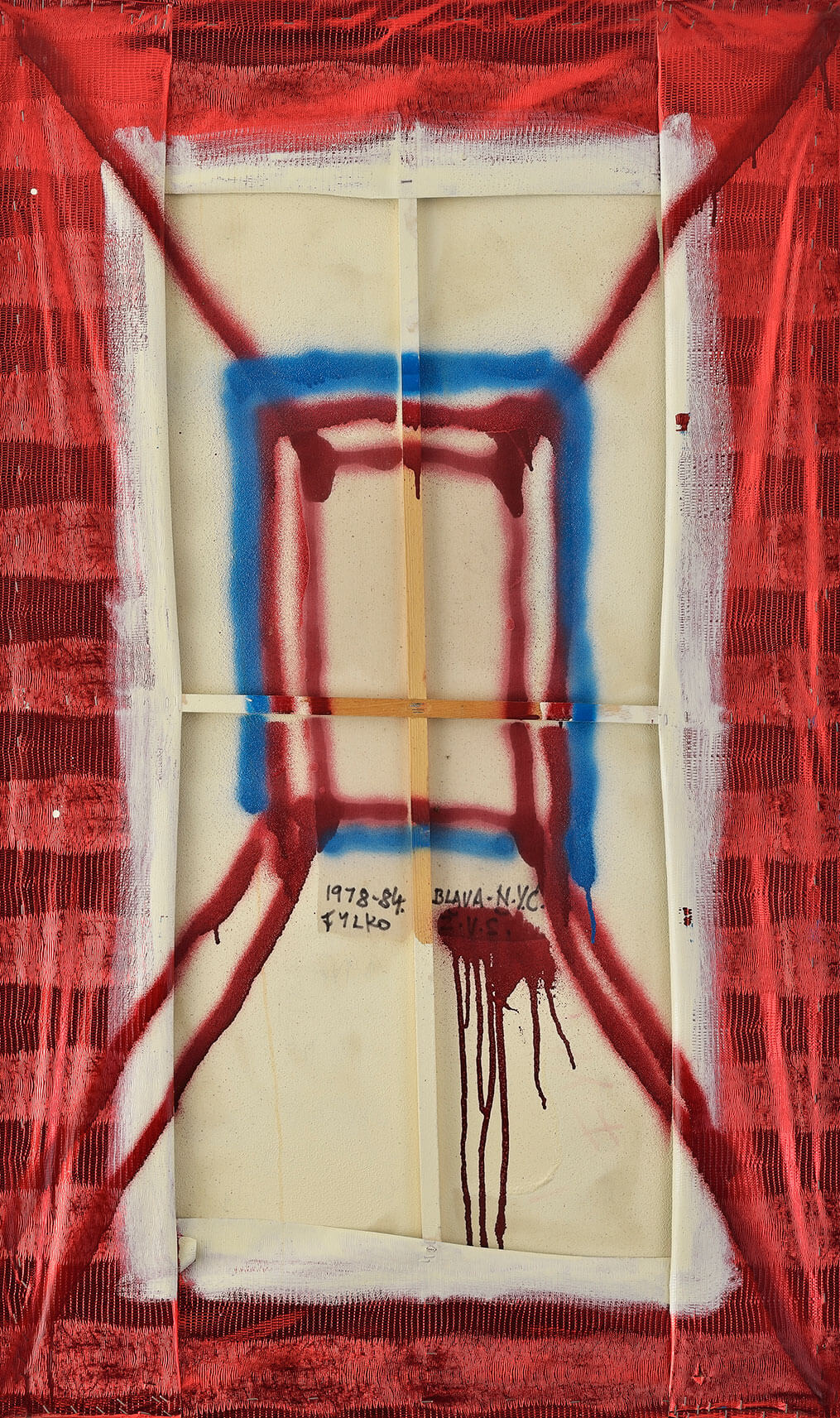
(*1937, Veľká Hradná – † 2015, Bratislava)
From the second half of the 1960s up to the present, Stano Filko is perhaps the most universal and radical artist of the Slovak visual art scene; he is also known as a “professional avant-gardist.”

(*1937, Veľká Hradná – † 2015, Bratislava)
From the second half of the 1960s up to the present, Stano Filko is perhaps the most universal and radical artist of the Slovak visual art scene; he is also known as a “professional avant-gardist.”

(*1938, Praha) Along with Július Koller, Peter Bartoš is one of the first protagonists of the art of concept and action in Slovakia.

(*1938, Praha) Along with Július Koller, Peter Bartoš is one of the first protagonists of the art of concept and action in Slovakia. His work is extremely difficult to grasp, but he is among the most original figures of the Slovak concept.

(*1946, Ružomberok – †2017, Žiar nad Hronom) was one of the significant figures of intermedia art and his collected work resonates in a wider context of Central Europe.
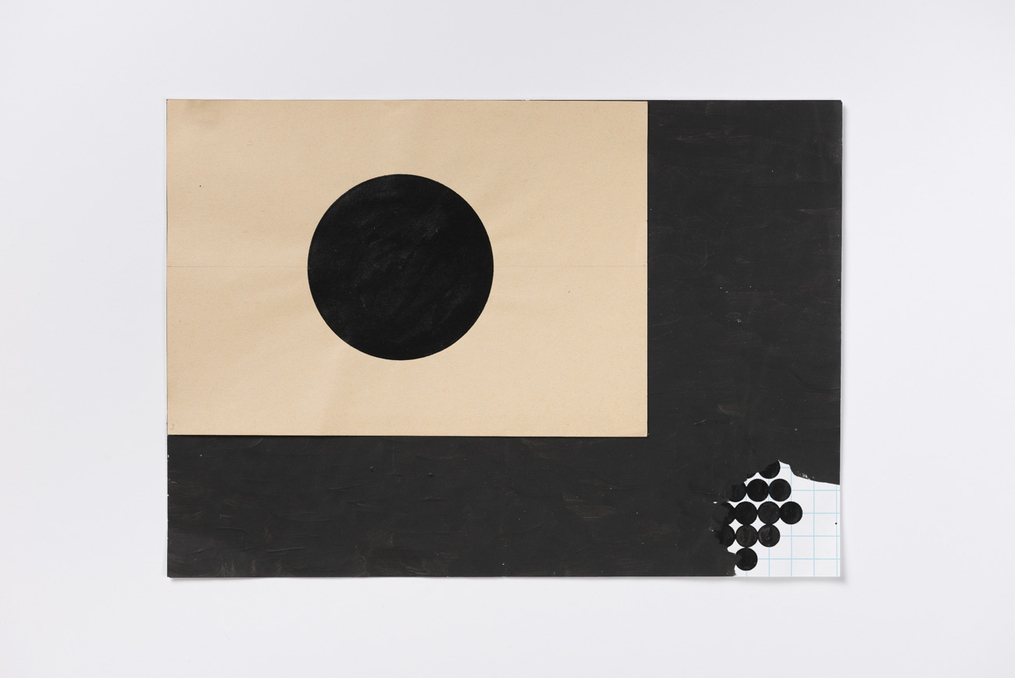
(*1971, Trenčín) is part of the post-conceptual generation that emerged in the 1990s and is frequently associated with the feministic branch of contemporary art.

(*1963, Dunajská Streda) is one of the most respected representatives of contemporary visual art at home and abroad; she is interested in gender and social topics, and moving the boundary between the public and the private.

(*1942, Nové Zámky – †2016, Skalica) was an artist with an urgent ethical challenge and a peculiar – anti-conventional – sculptural vision. He created environments and objects and became one of the most distinctive and original Slovak sculptors.

(*1929, Přerov) is an internationally acknowledged kinetic artist who continues to develop the program of dynamic constructivism (this is how it was named and formulated by the artist himself in 1988) in Slovakia based on the synthesis of form, light and motion.

(*1929, Přerov)
is an internationally acknowledged kinetic artist who continues to develop the program of dynamic constructivism (this is how it was named and formulated by the artist himself in 1988) in Slovakia based on the synthesis of form, light and motion.
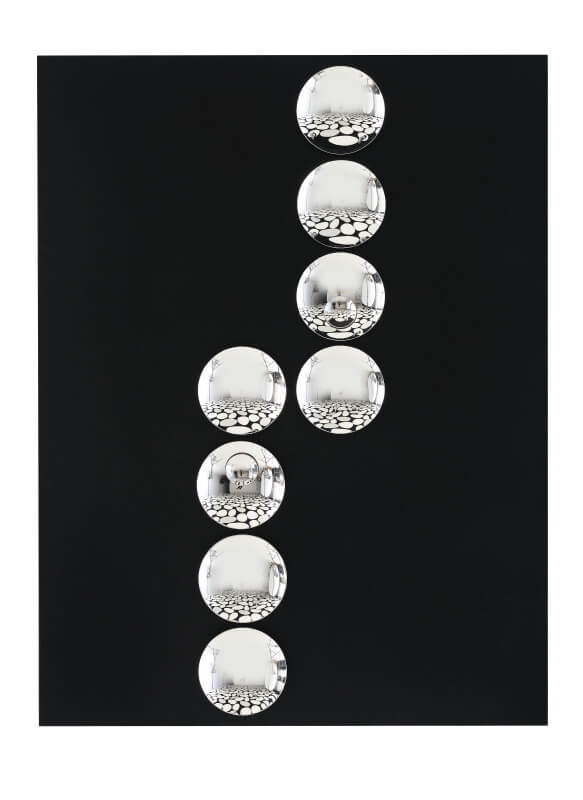
(*1929, Přerov)
is an internationally acknowledged kinetic artist who continues to develop the program of dynamic constructivism (this is how it was named and formulated by the artist himself in 1988) in Slovakia based on the synthesis of form, light and motion.

(*1929, Přerov)
is an internationally acknowledged kinetic artist who continues to develop the program of dynamic constructivism (this is how it was named and formulated by the artist himself in 1988) in Slovakia based on the synthesis of form, light and motion.
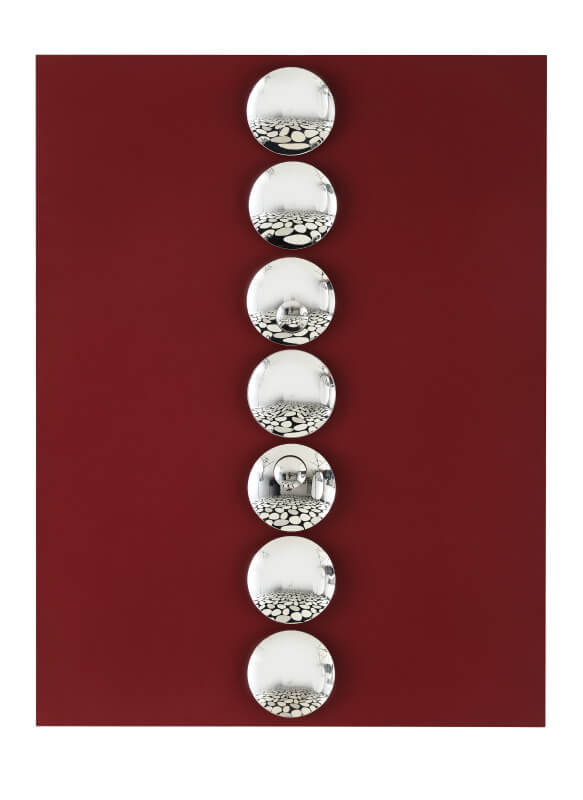
(*1929, Přerov)
is an internationally acknowledged kinetic artist who continues to develop the program of dynamic constructivism (this is how it was named and formulated by the artist himself in 1988) in Slovakia based on the synthesis of form, light and motion.




(*1929, Přerov) is an internationally acknowledged kinetic artist who continues to develop the program of dynamic constructivism (this is how it was named and formulated by the artist himself in 1988) in Slovakia based on the synthesis of form, light and motion.

(*1937, Veľká Hradná – † 2015, Bratislava) From the second half of the 1960s up to the present, Stano Filko is perhaps the most universal and radical artist of the Slovak visual art scene; he is also known as a “professional avant-gardist.”

(*1937, Veľká Hradná – † 2015, Bratislava)
From the second half of the 1960s up to the present, Stano Filko is perhaps the most universal and radical artist of the Slovak visual art scene; he is also known as a “professional avant-gardist.”

(*1937, Veľká Hradná – † 2015, Bratislava) From the second half of the 1960s up to the present, Stano Filko is perhaps the most universal and radical artist of the Slovak visual art scene; he is also known as a “professional avant-gardist.”
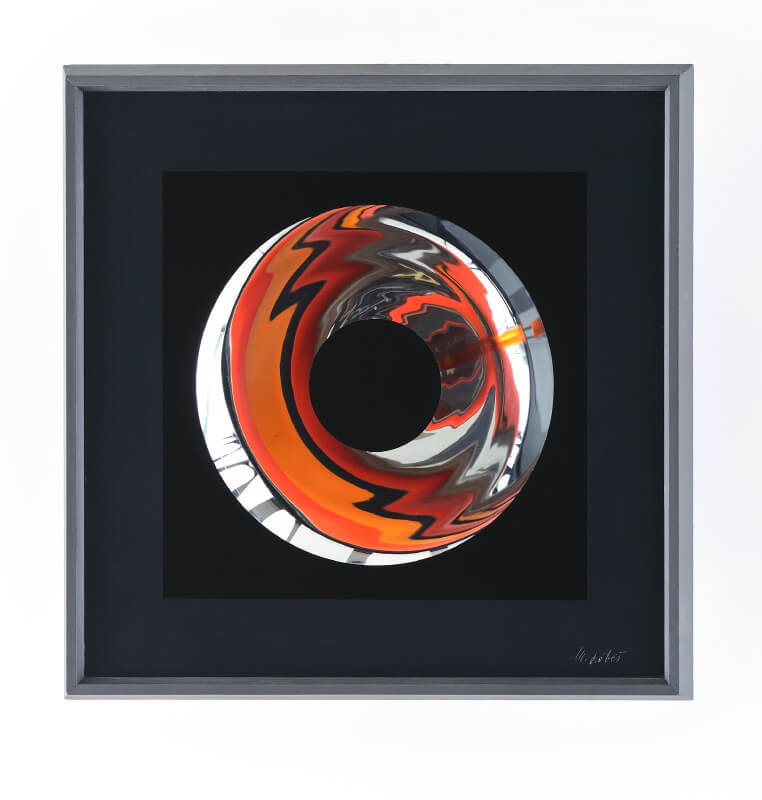
(*1929, Přerov)
is an internationally acknowledged kinetic artist who continues to develop the program of dynamic constructivism (this is how it was named and formulated by the artist himself in 1988) in Slovakia based on the synthesis of form, light and motion.